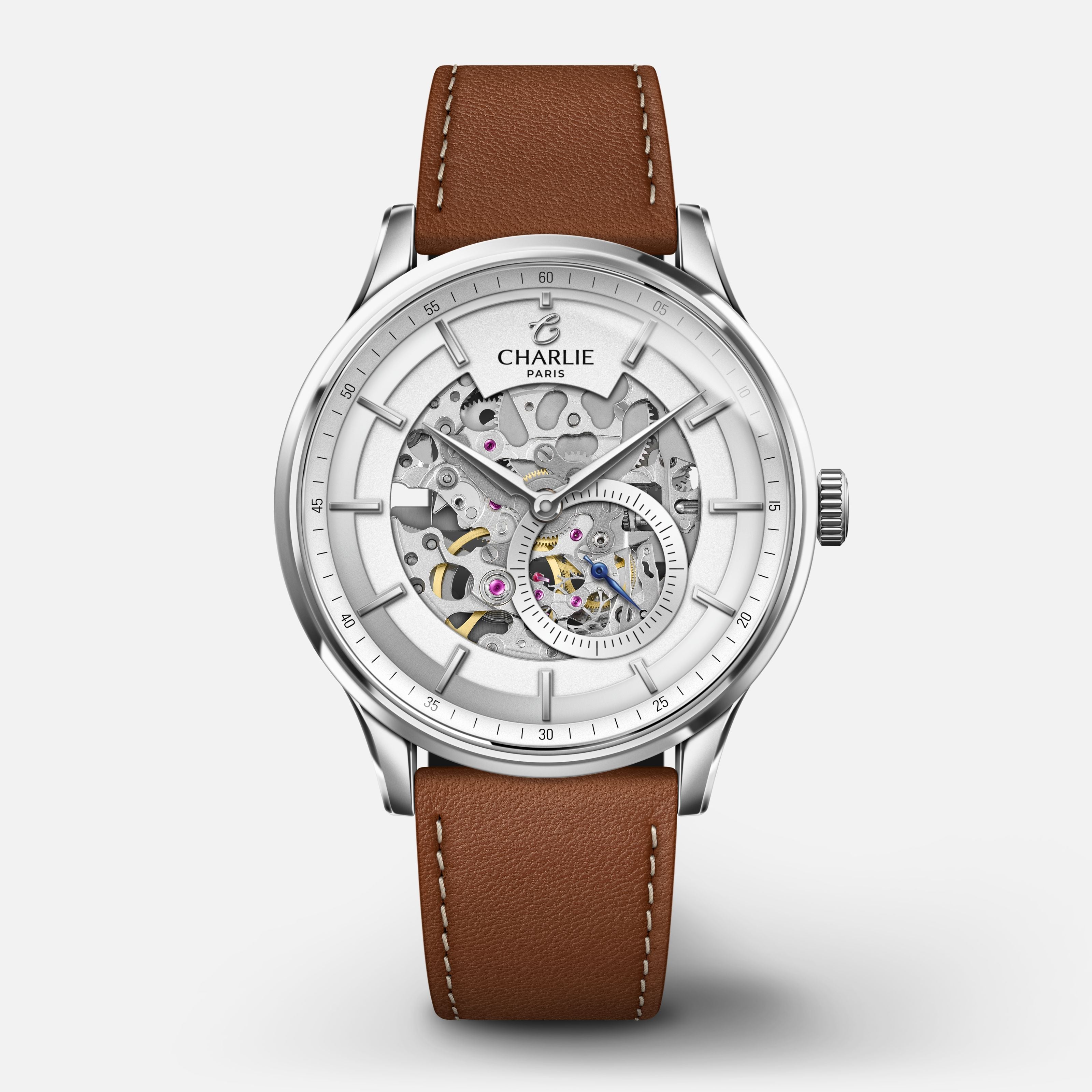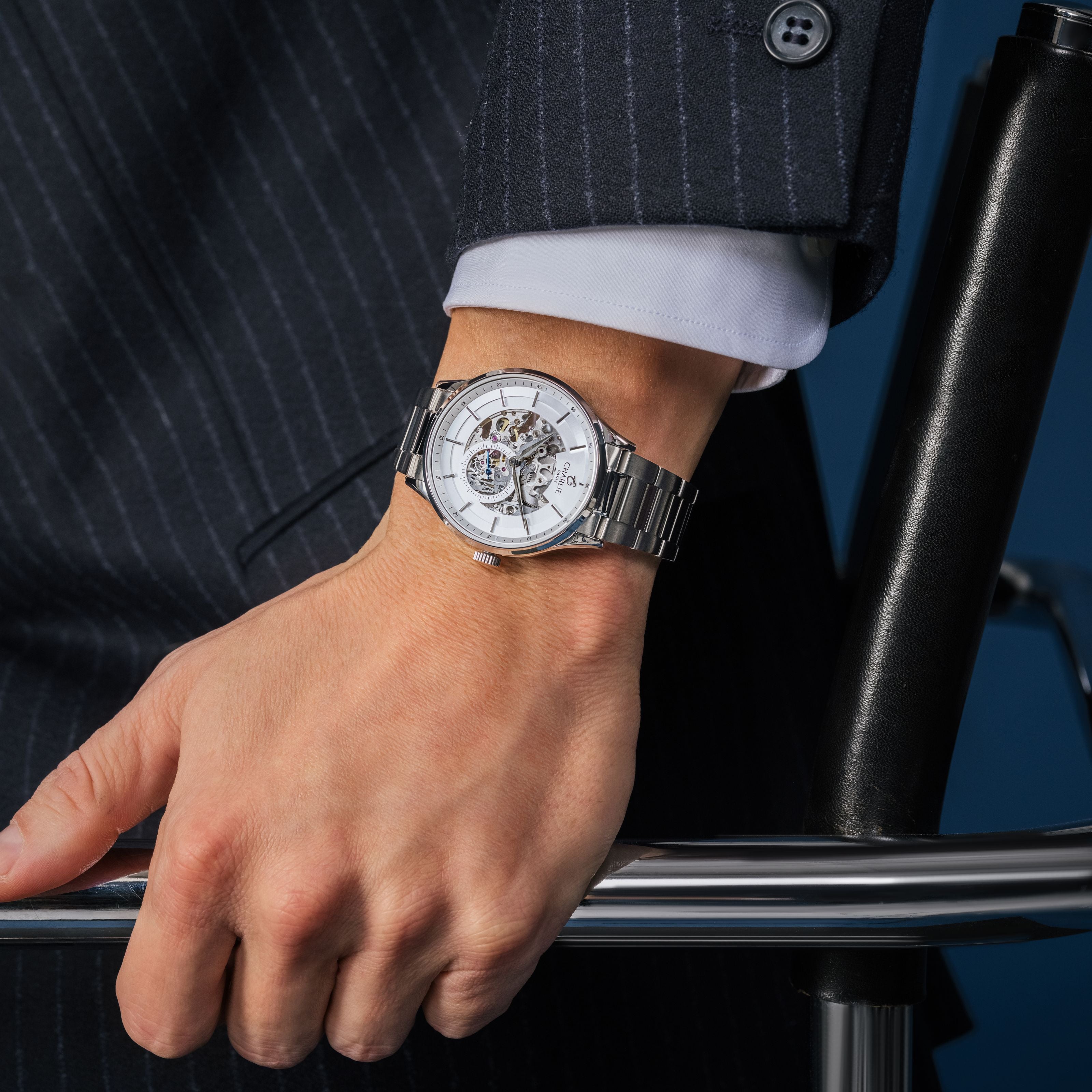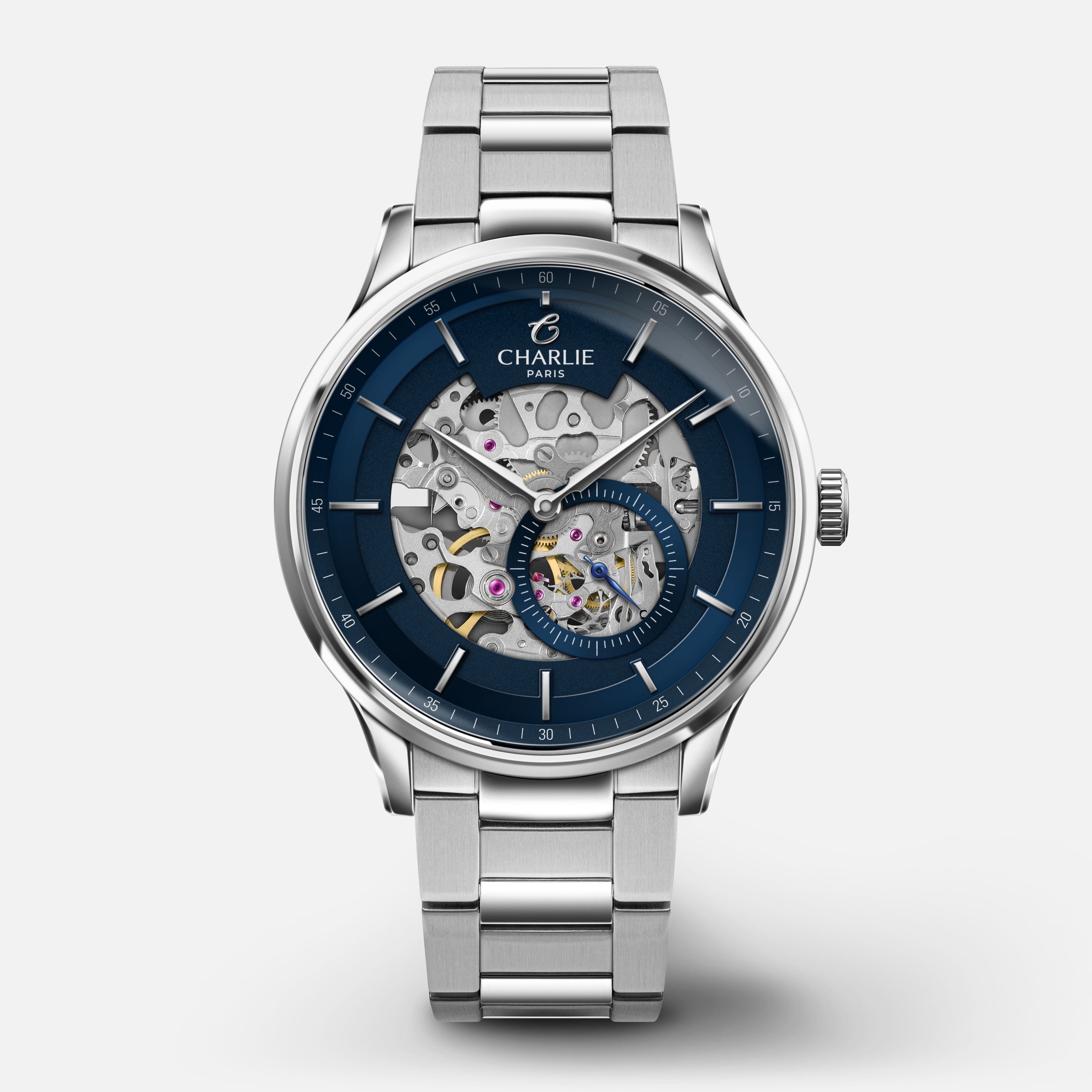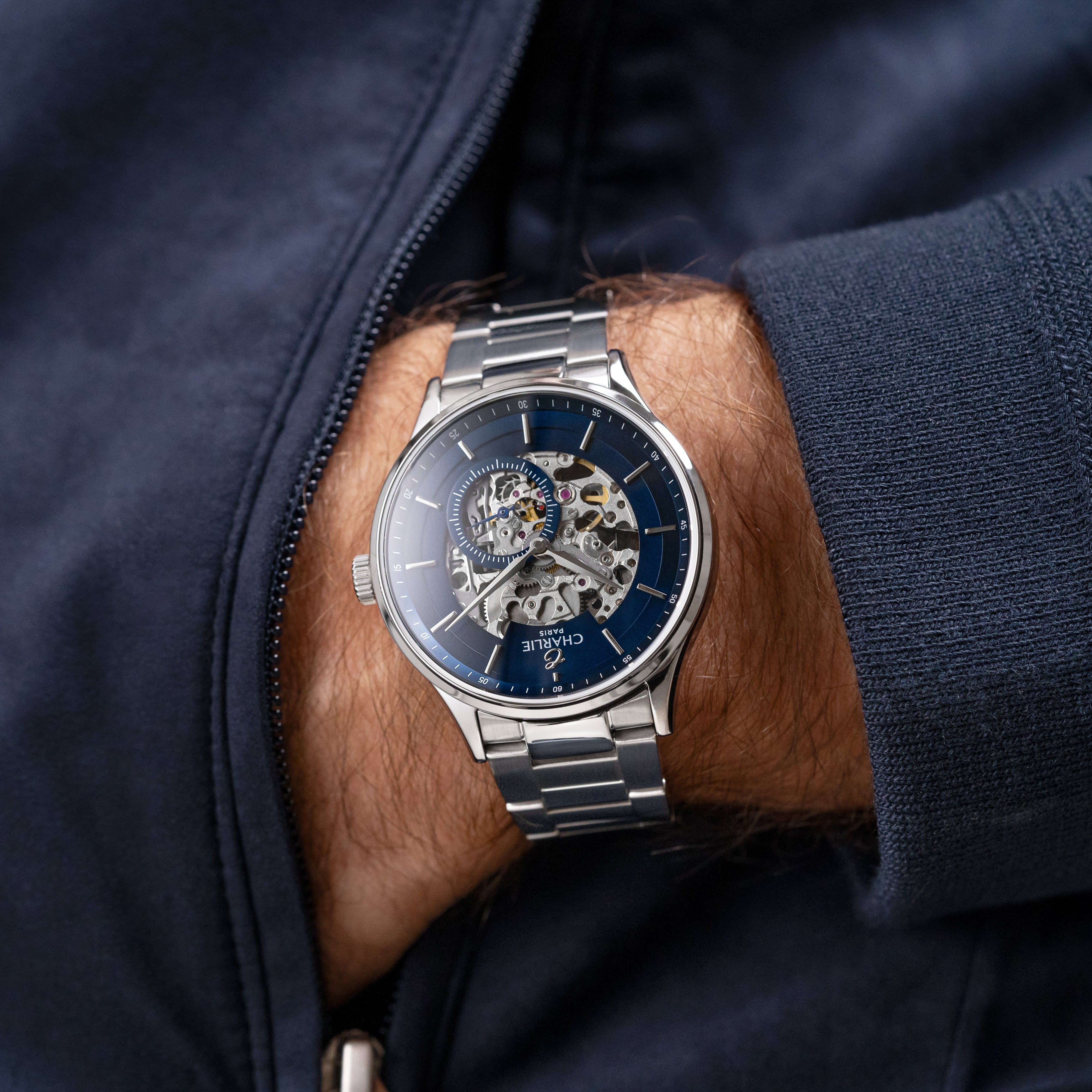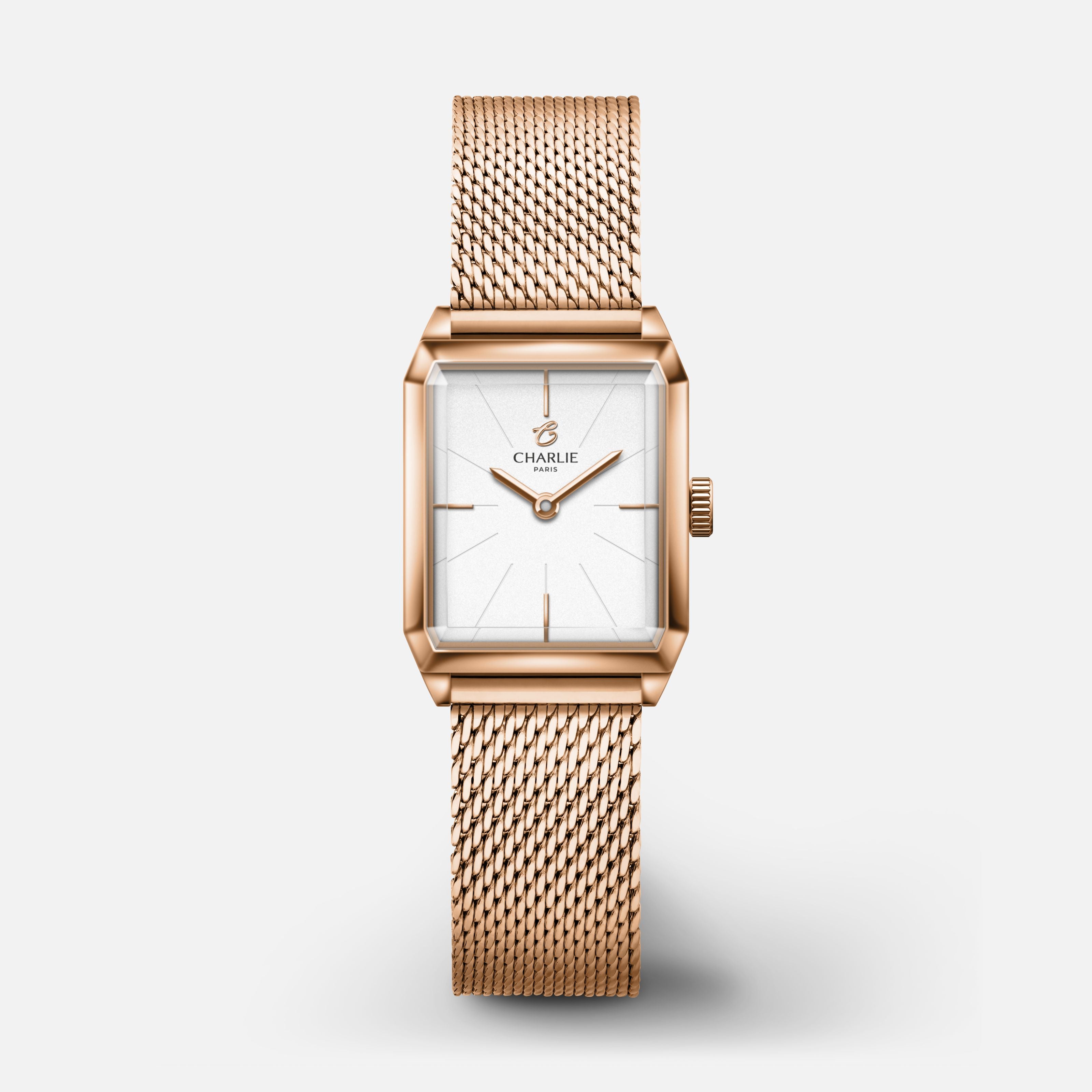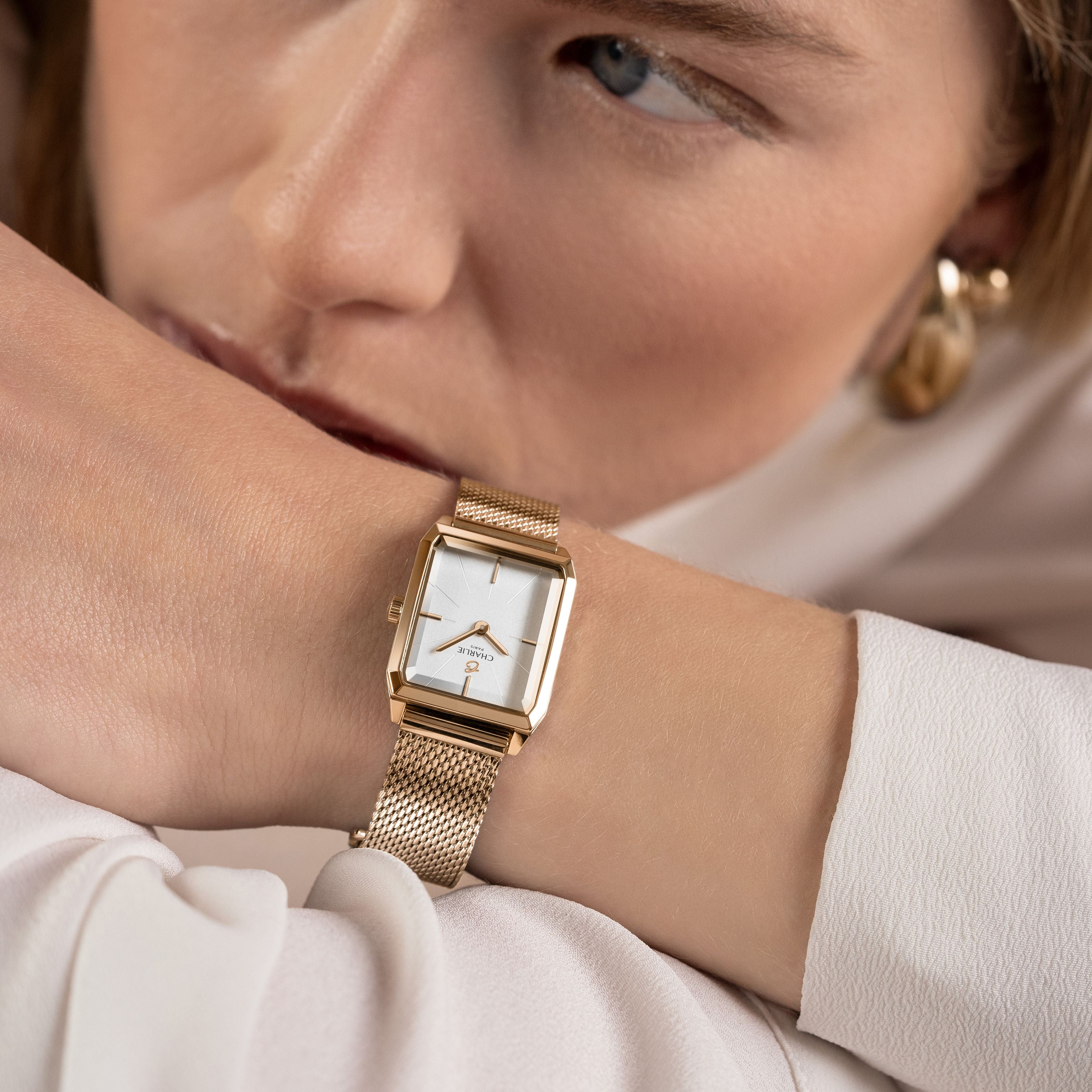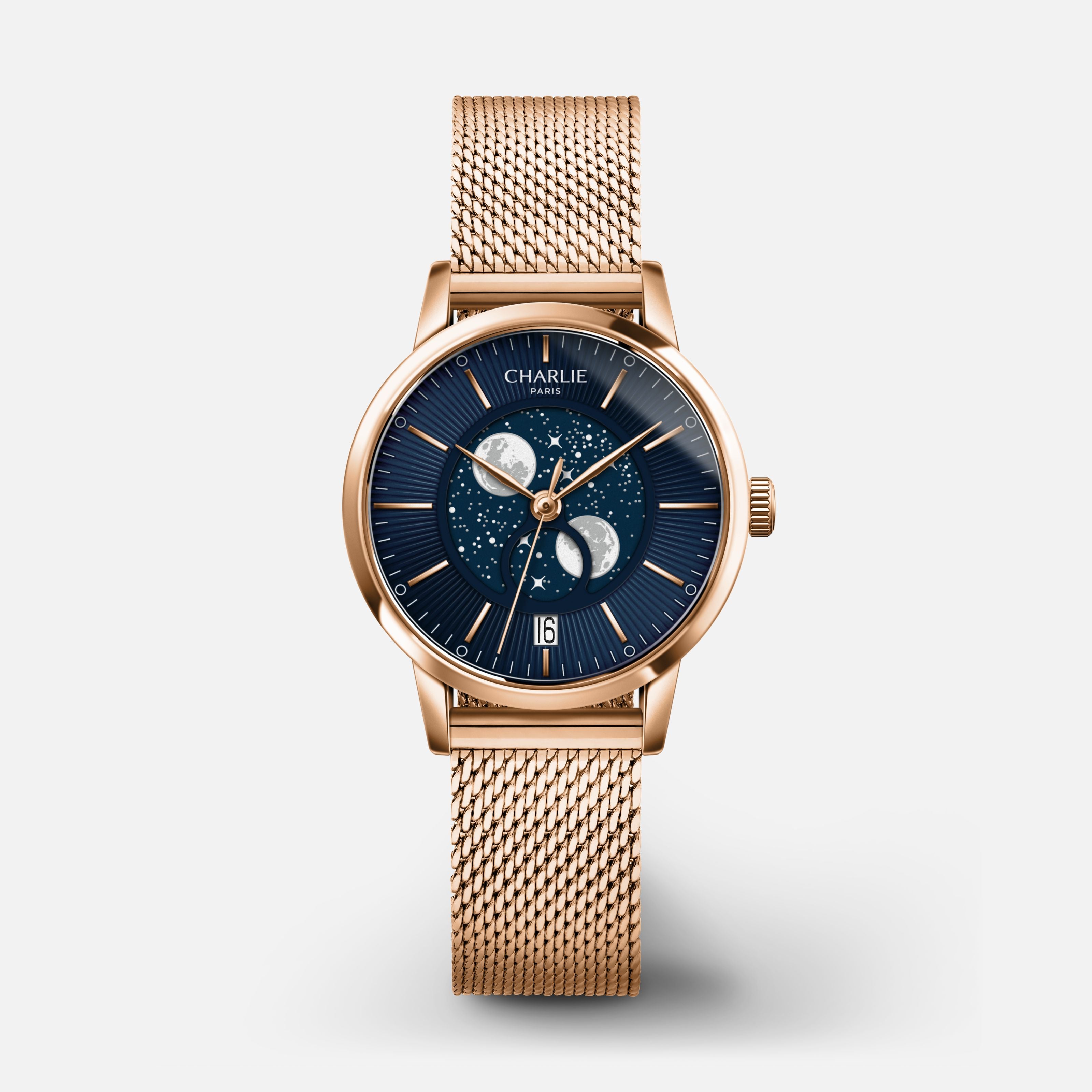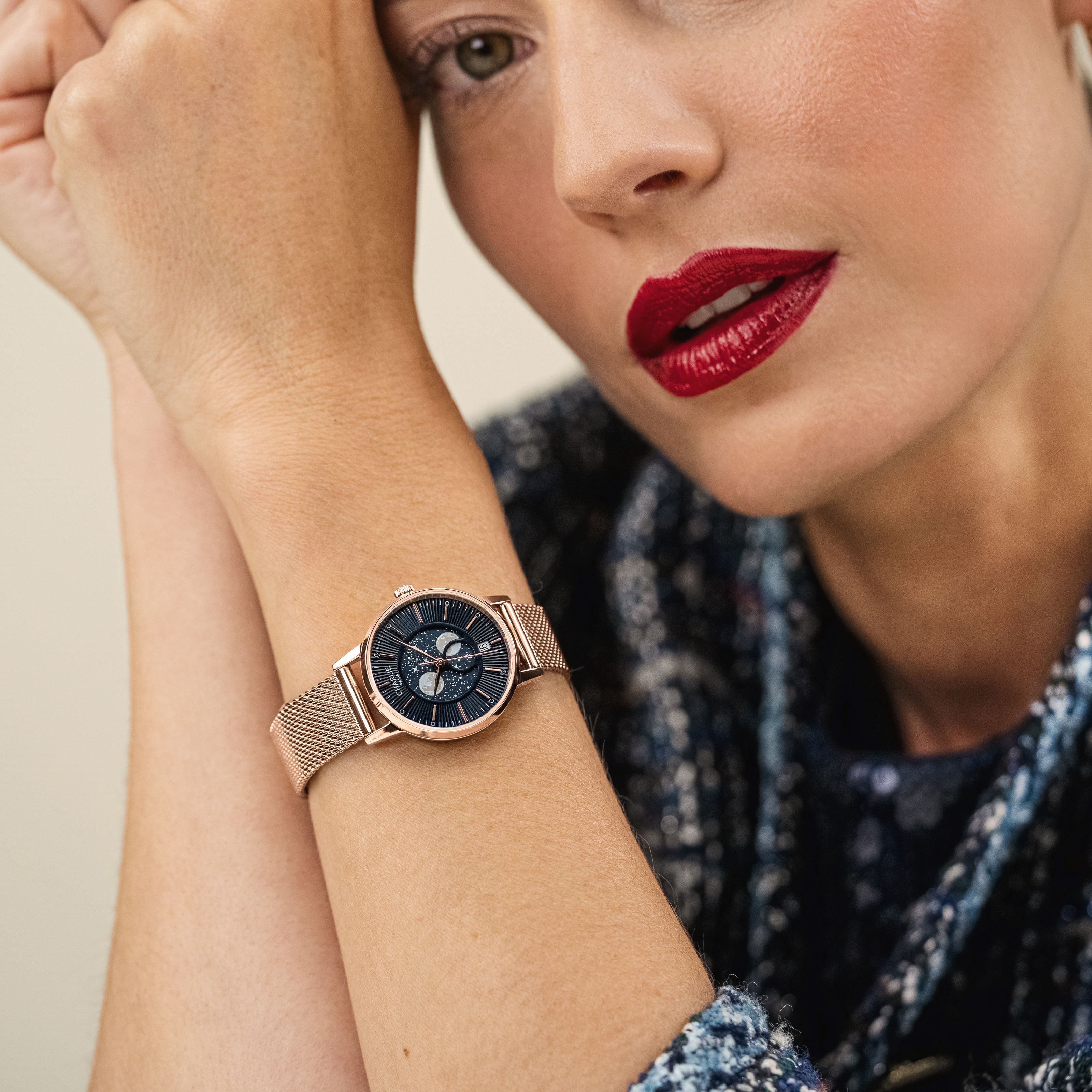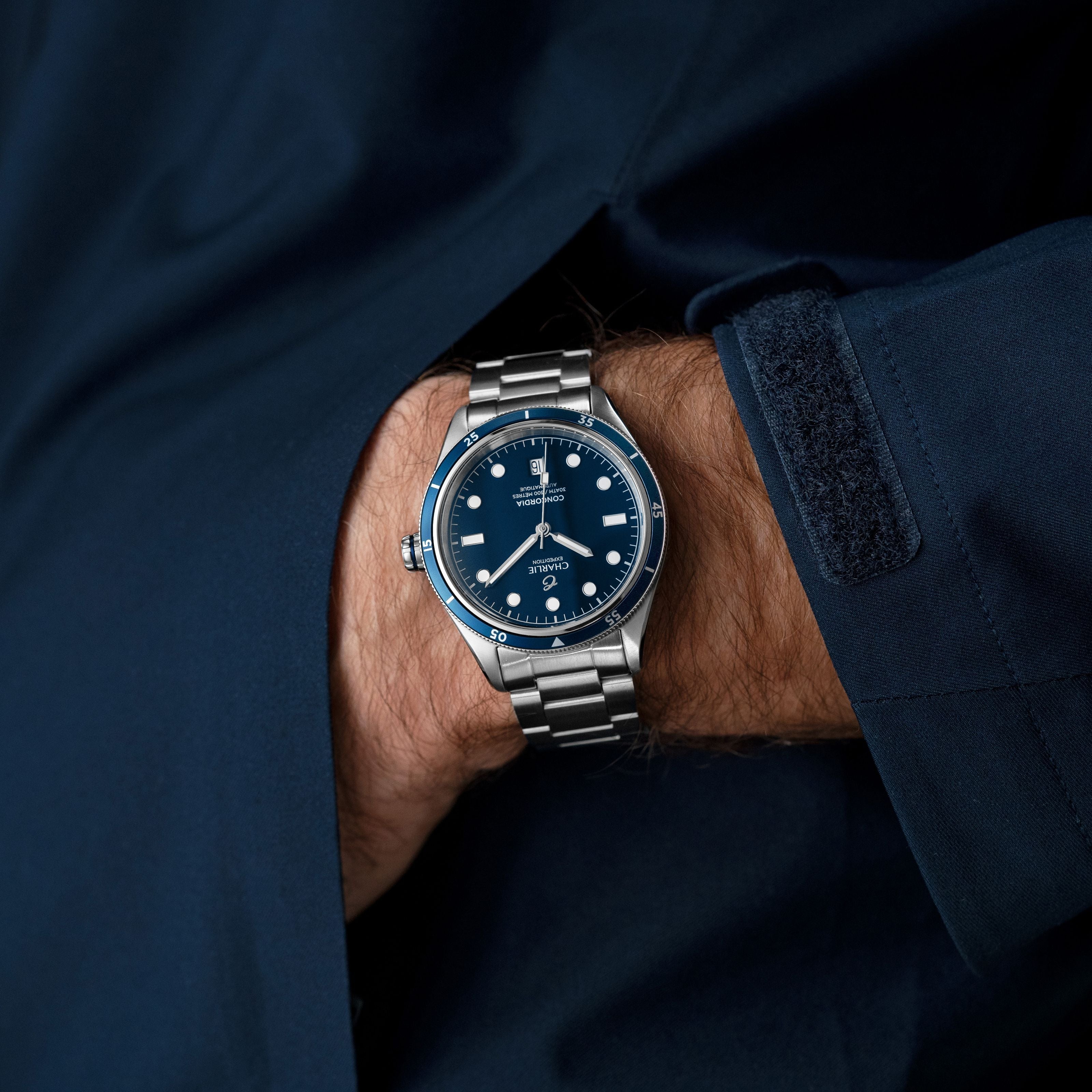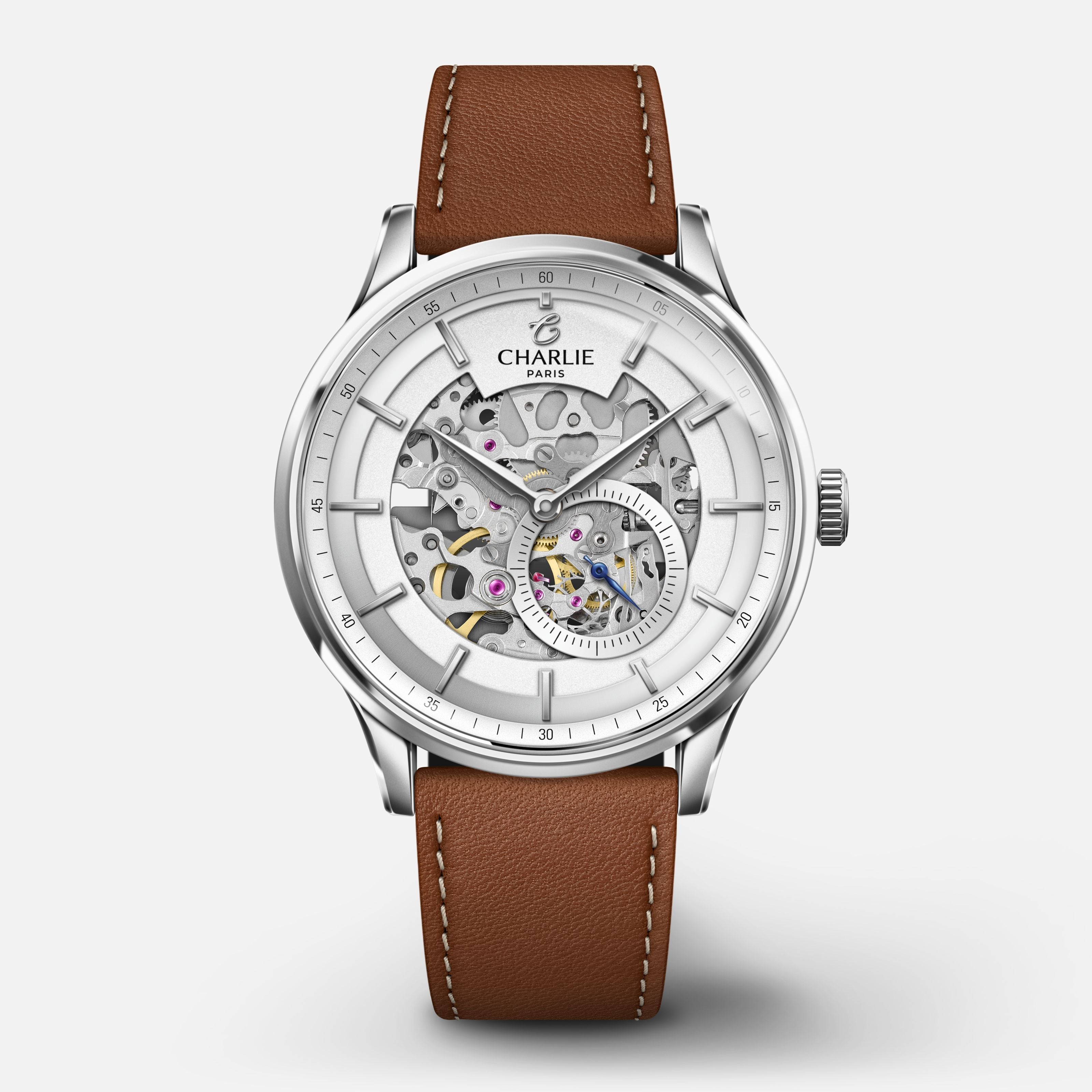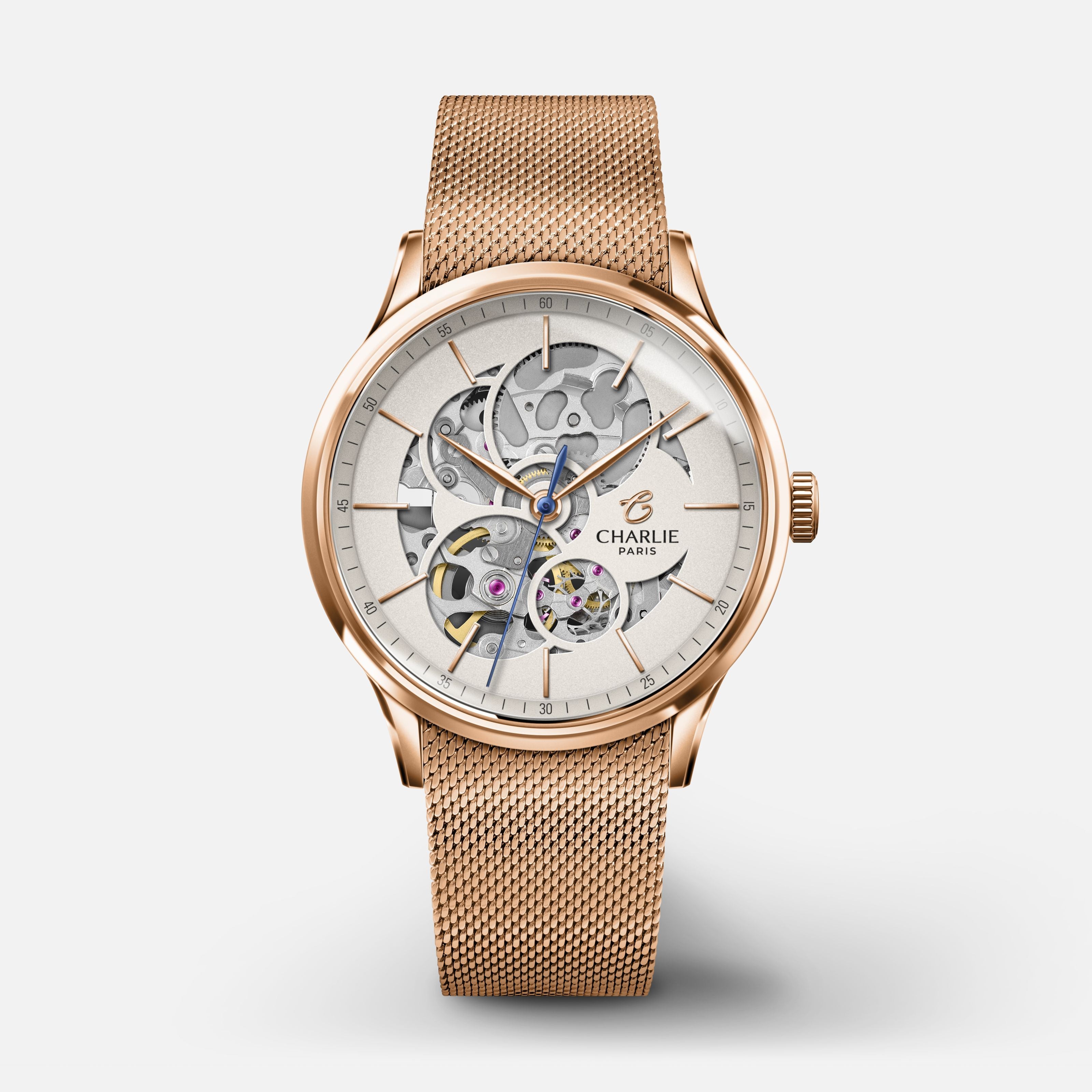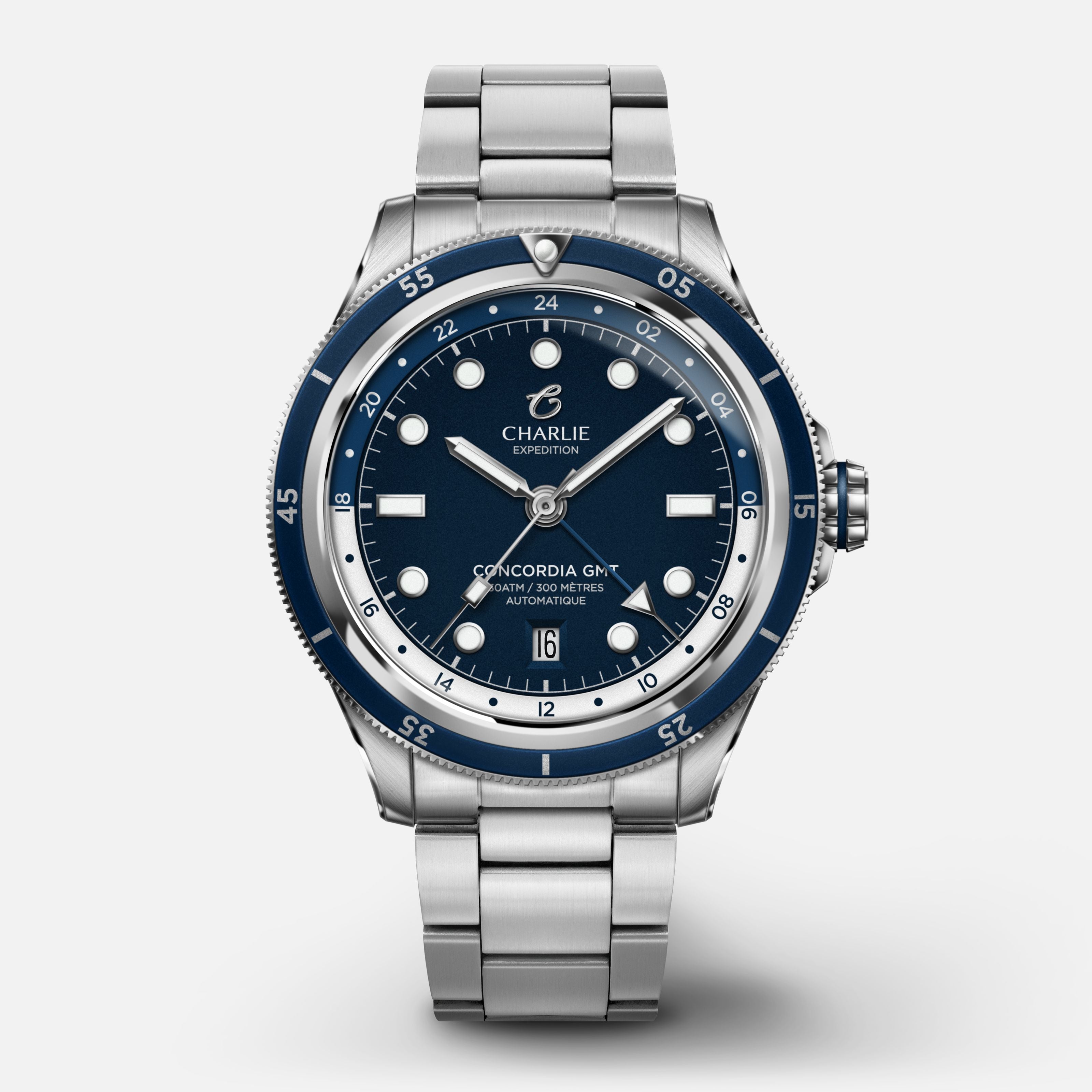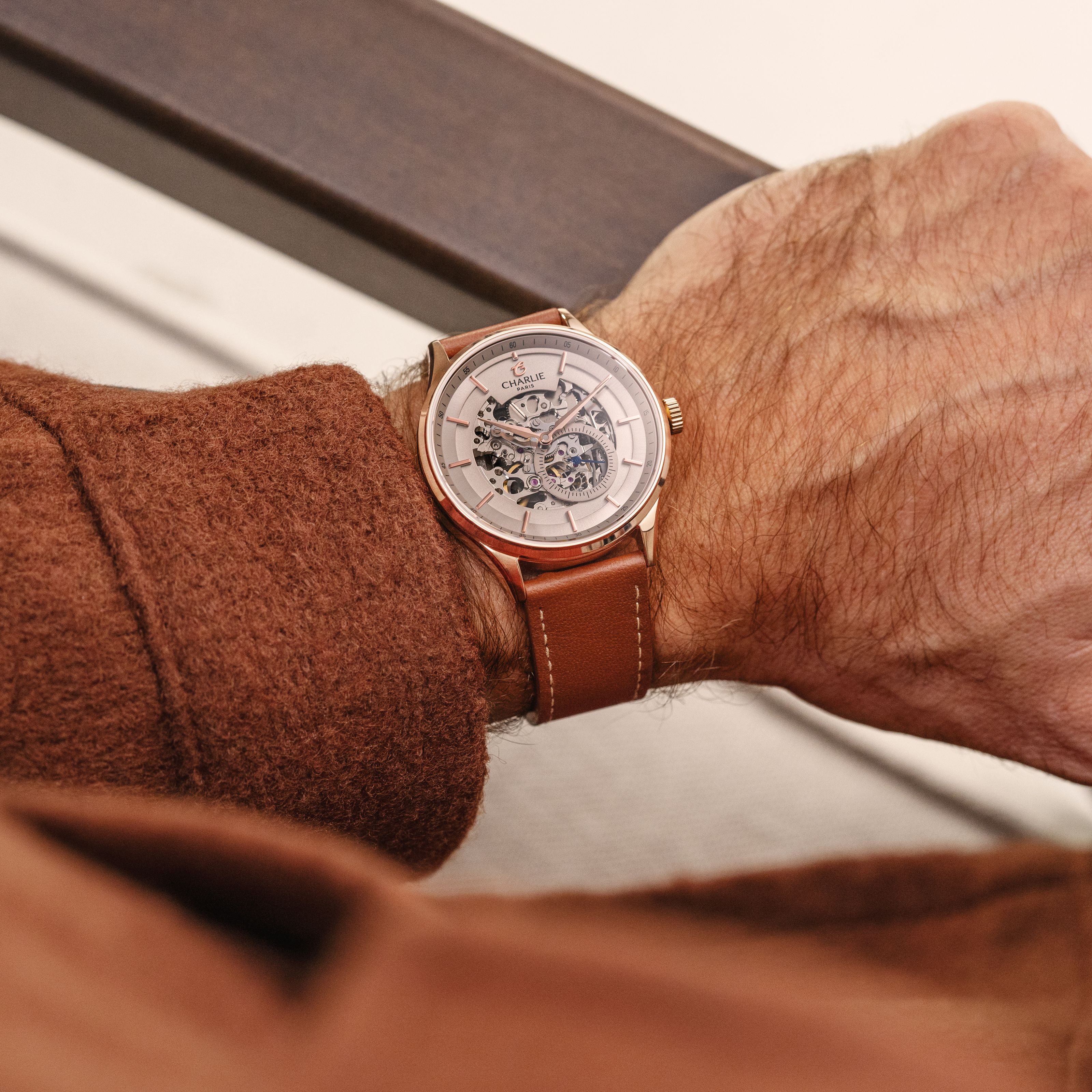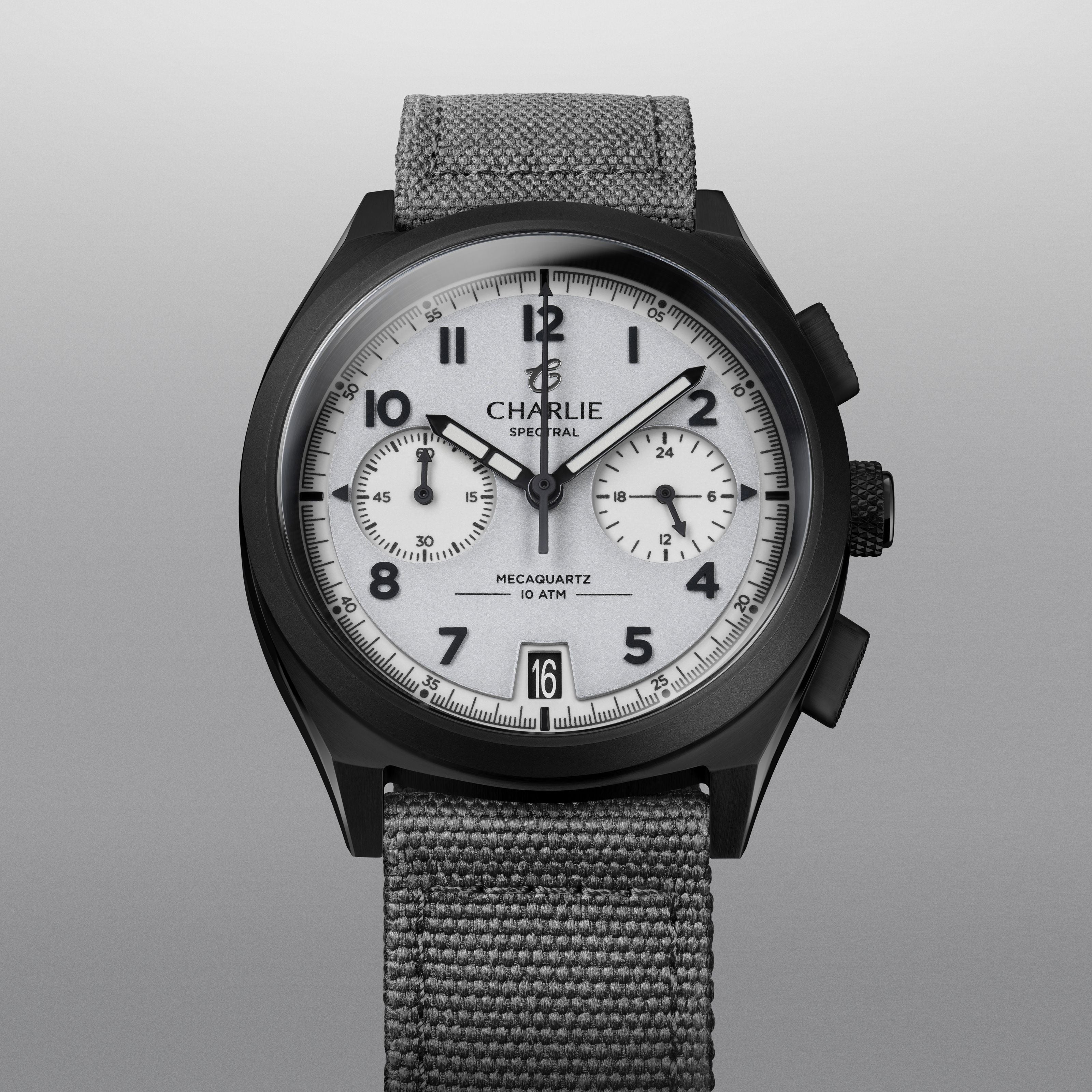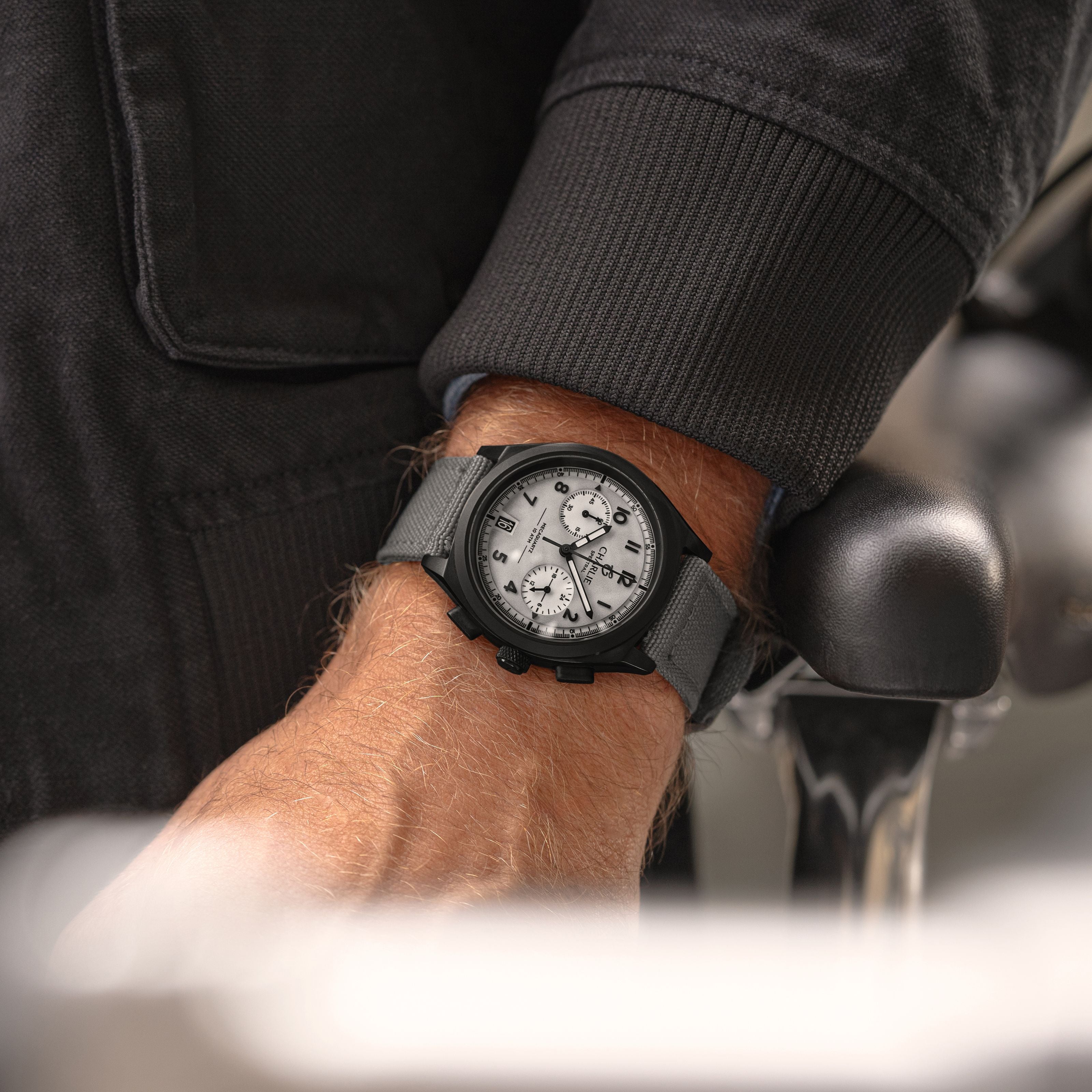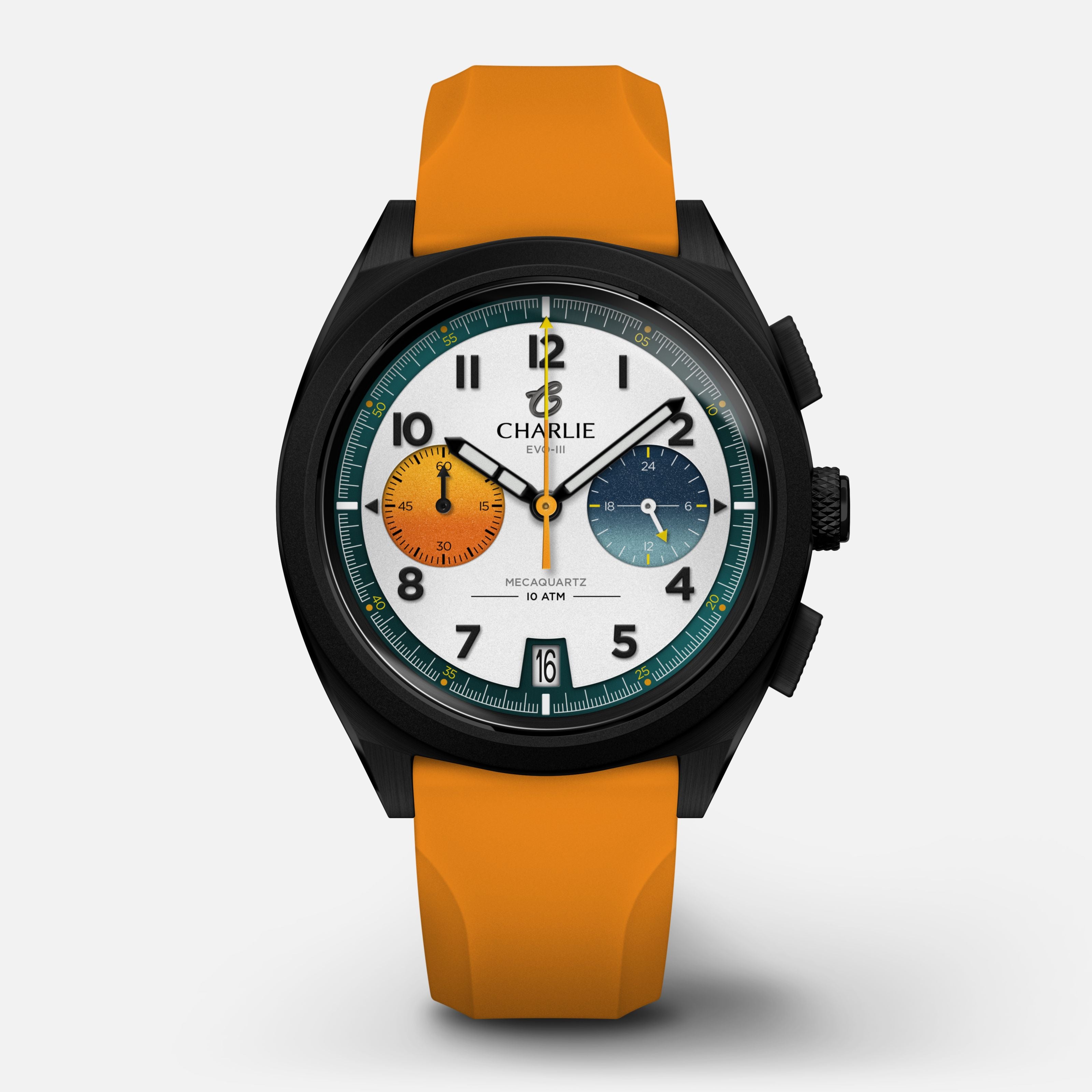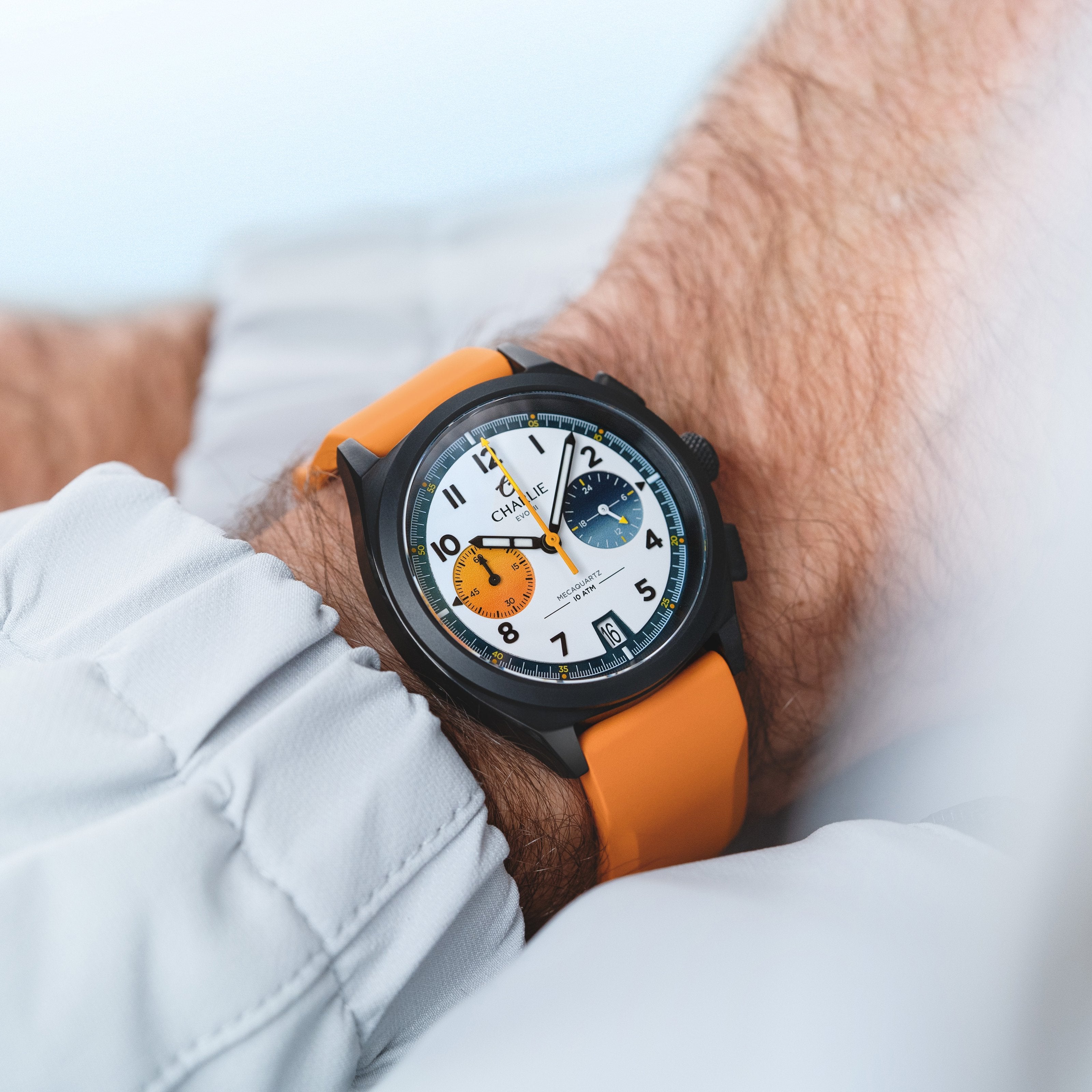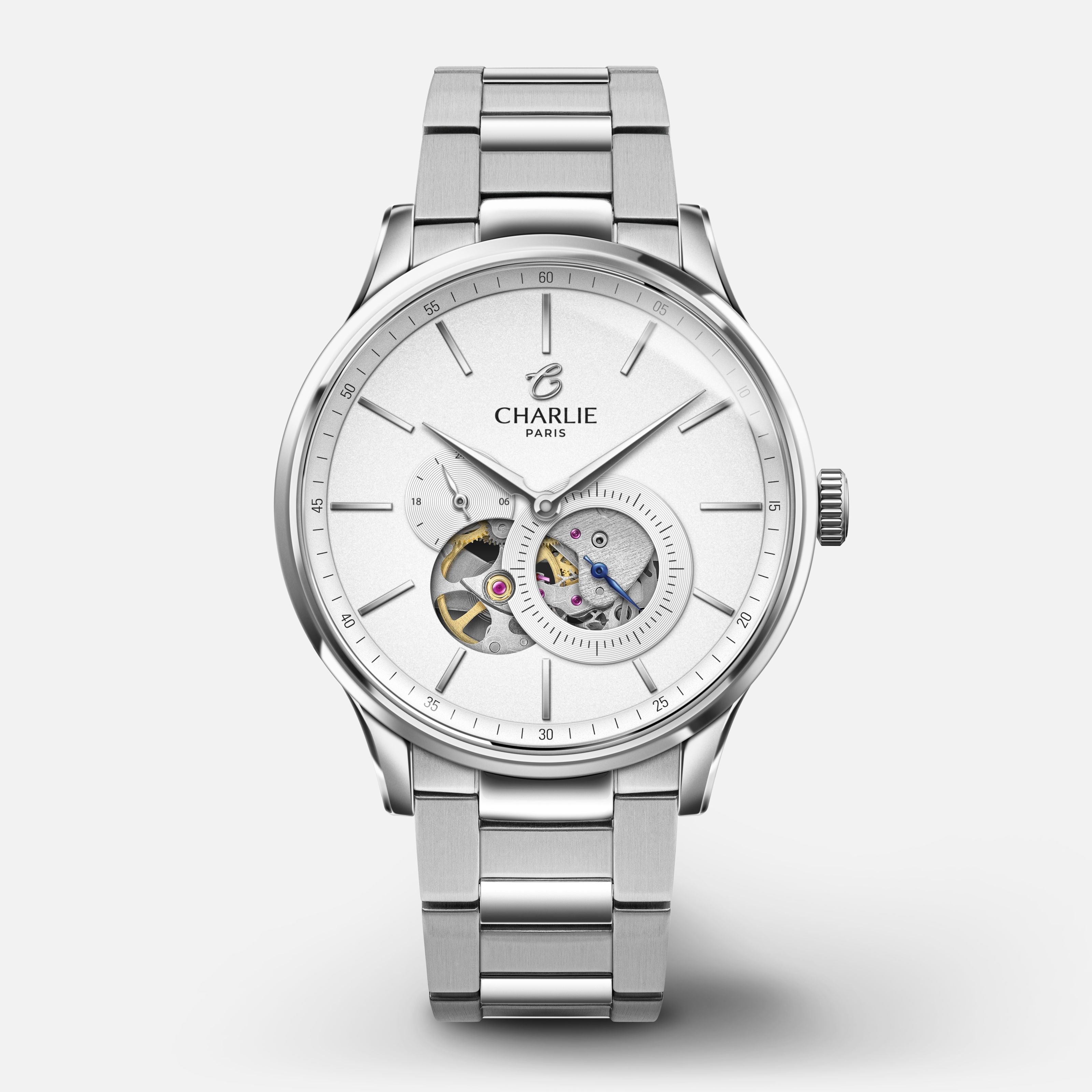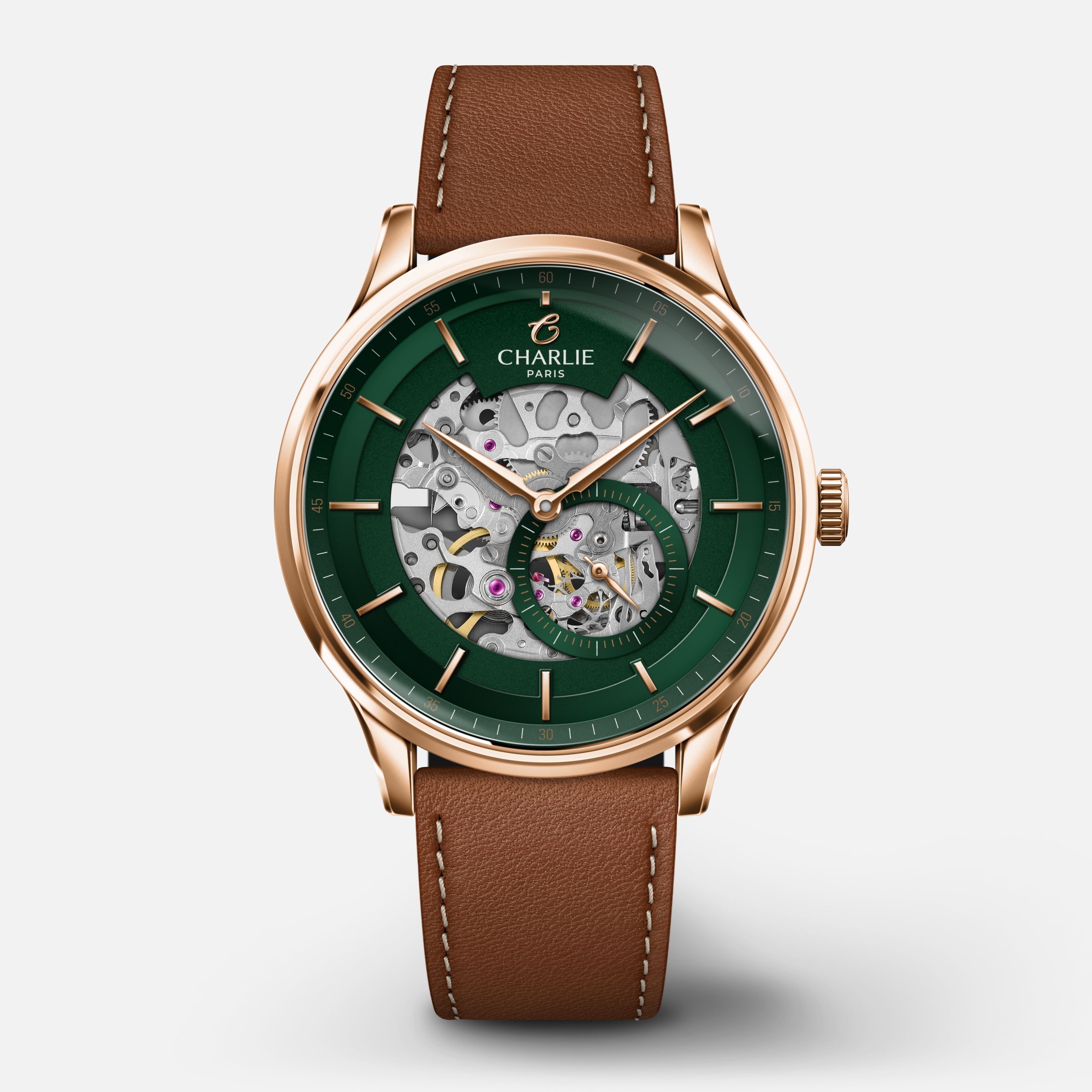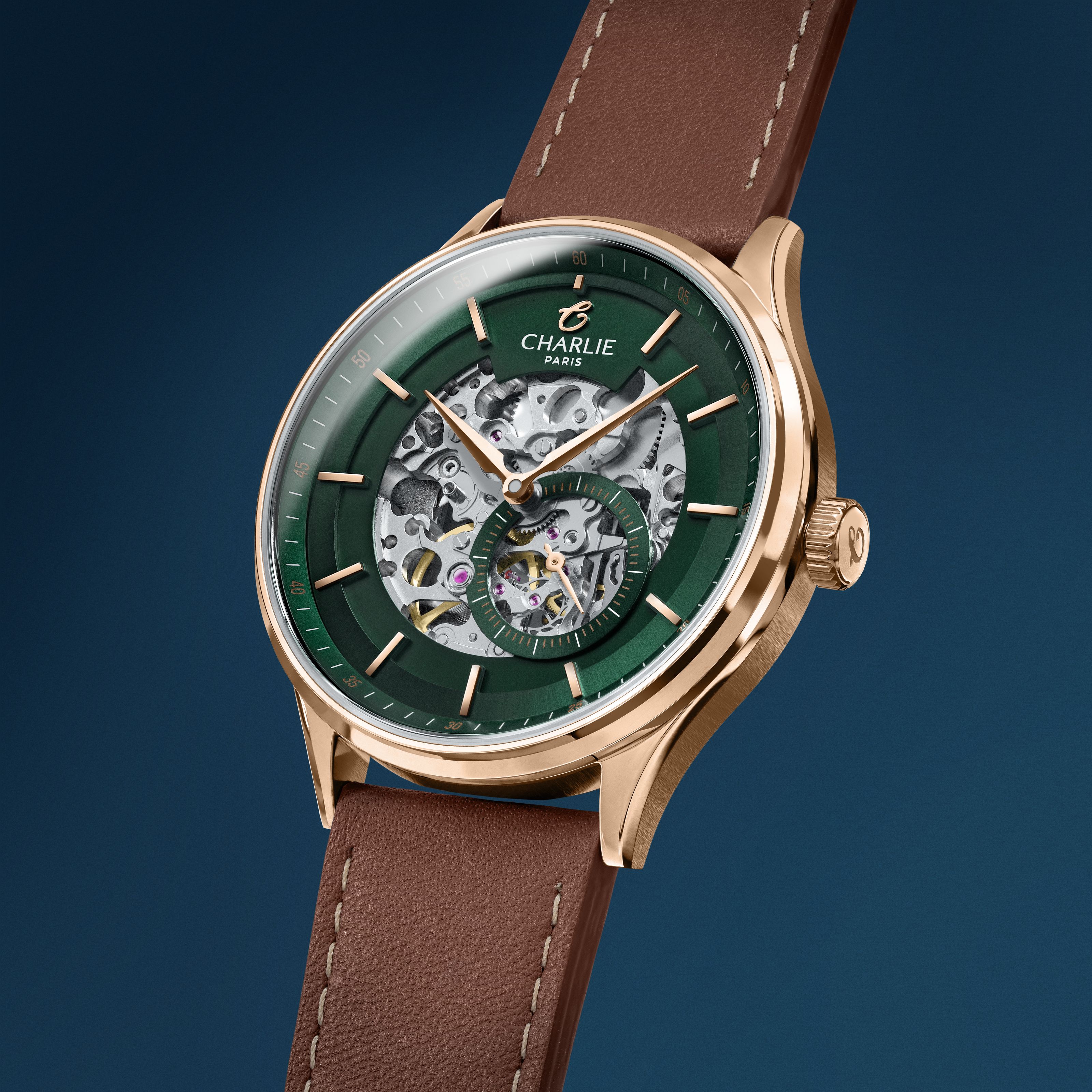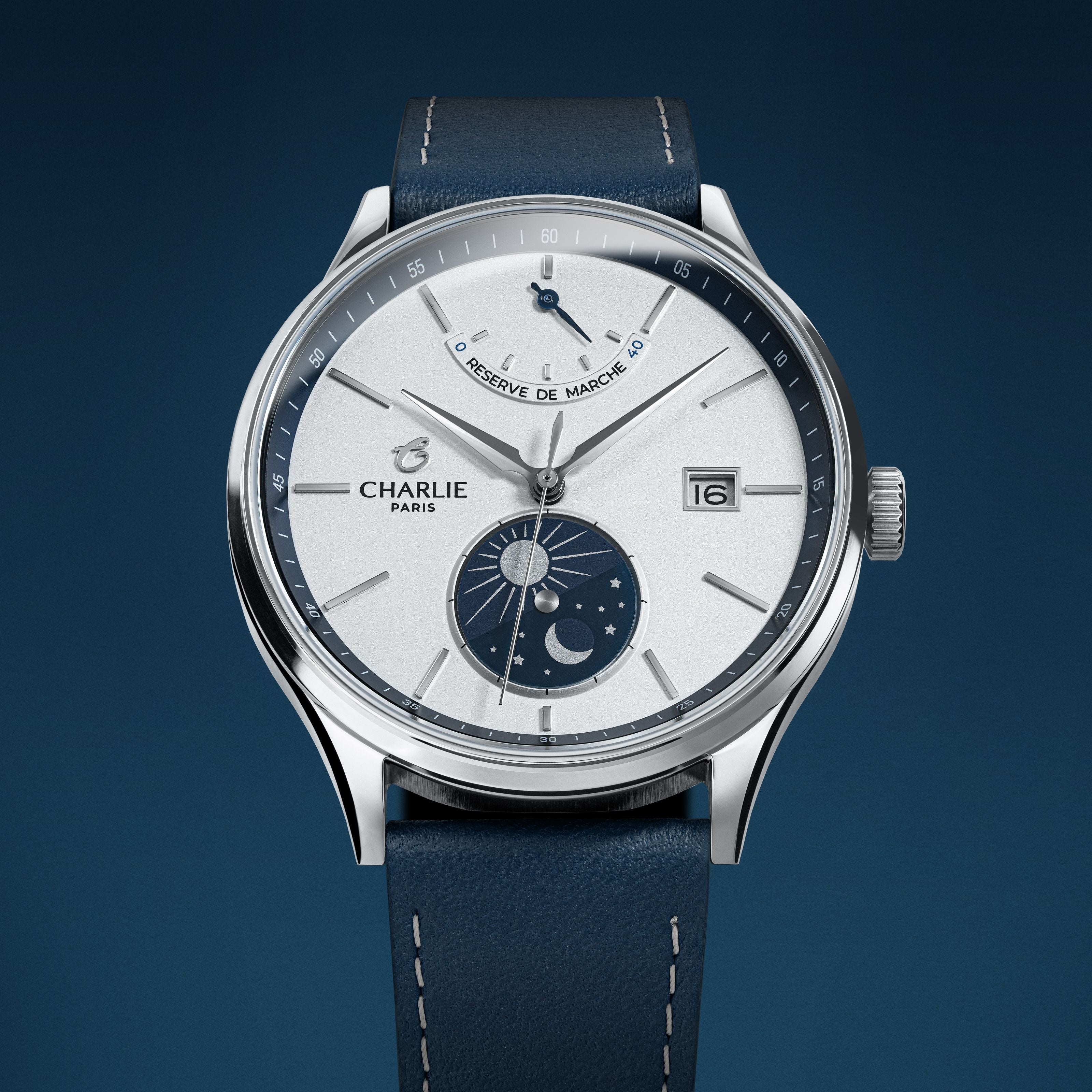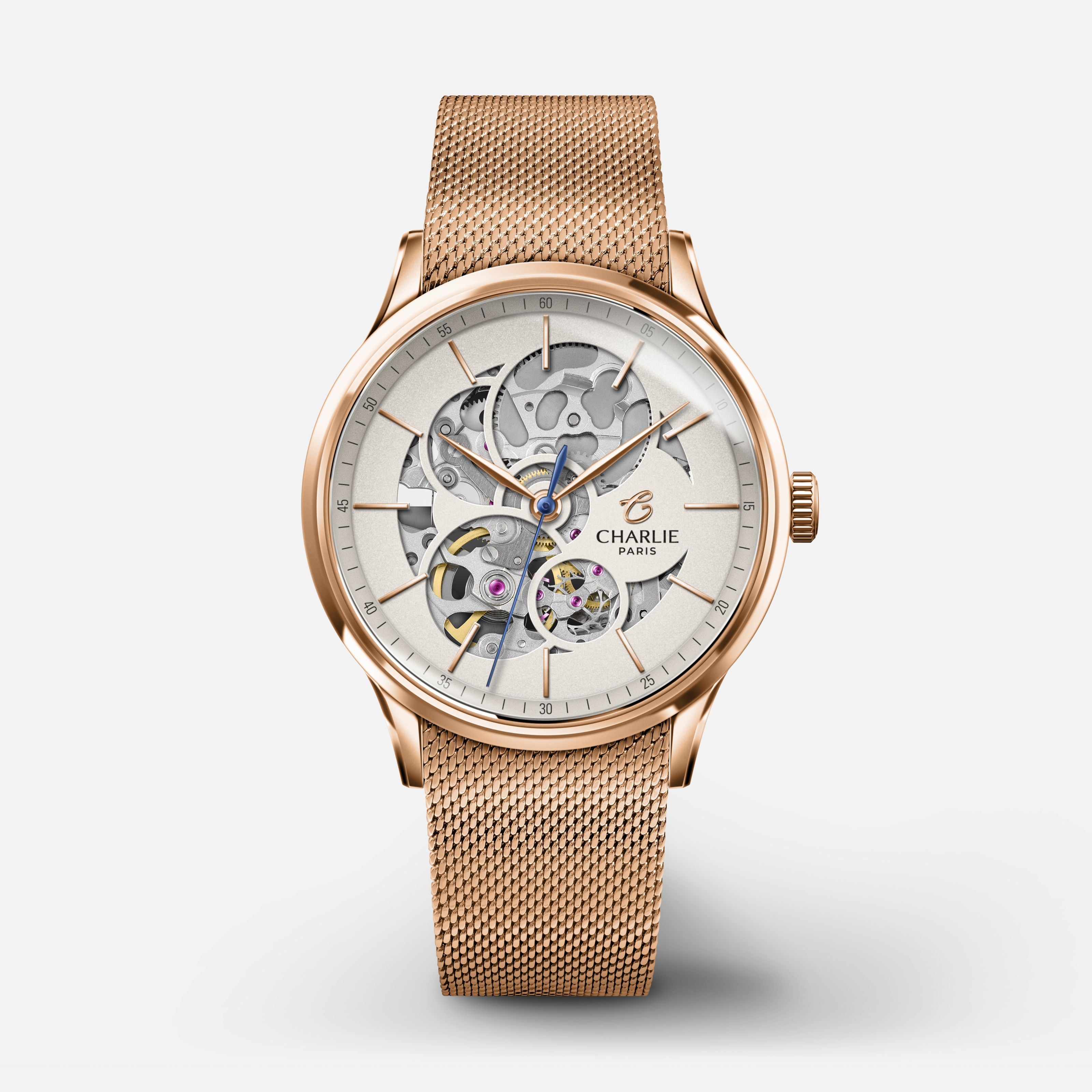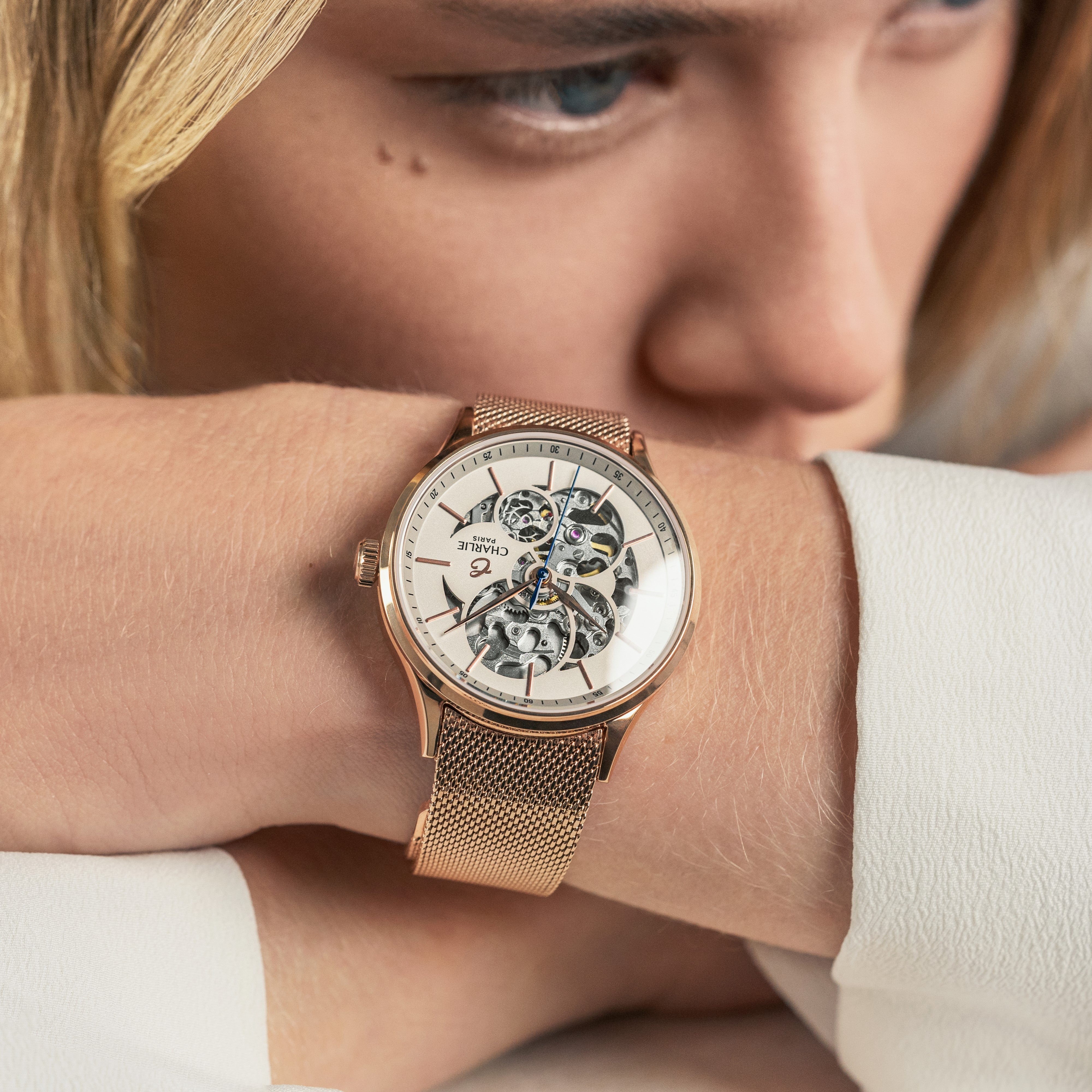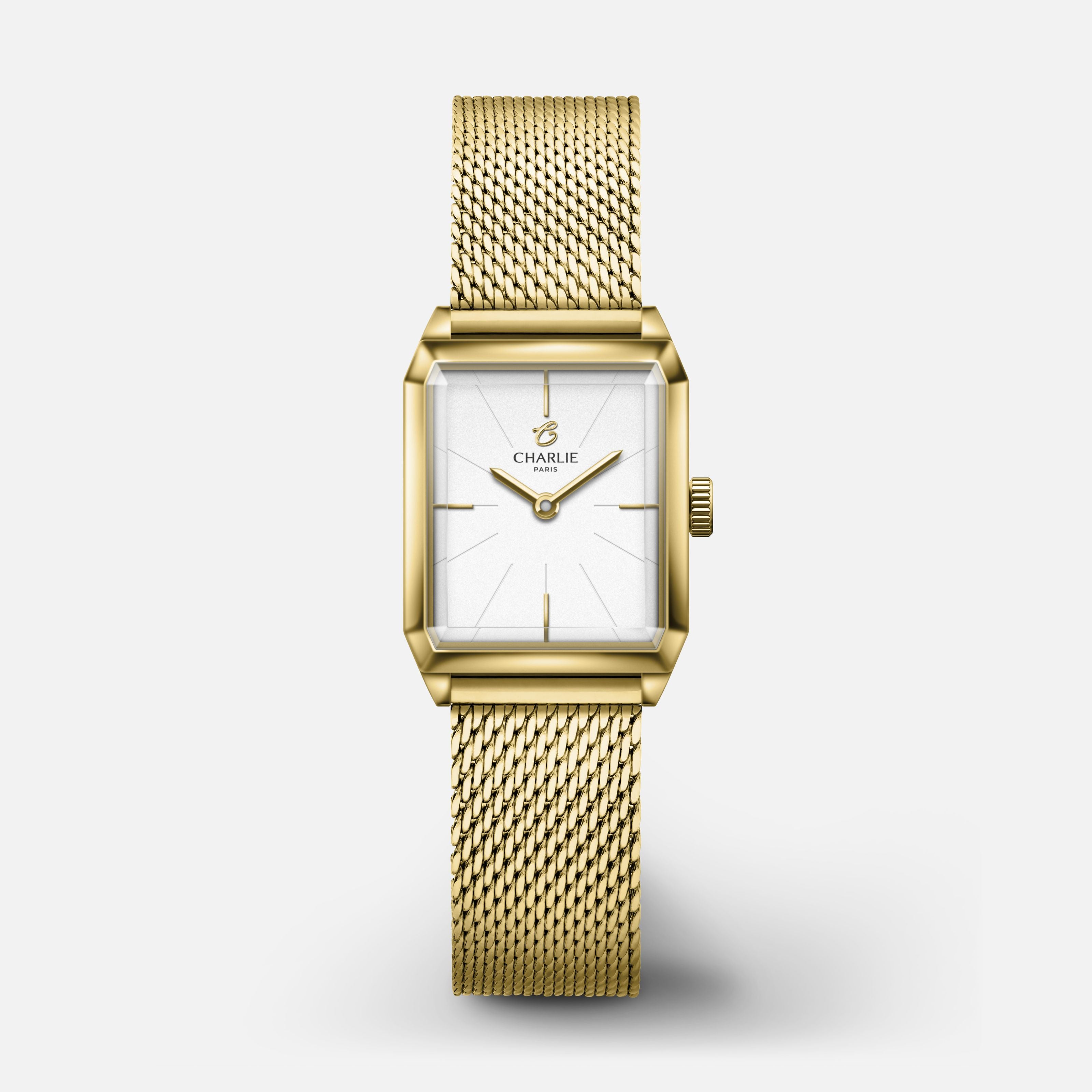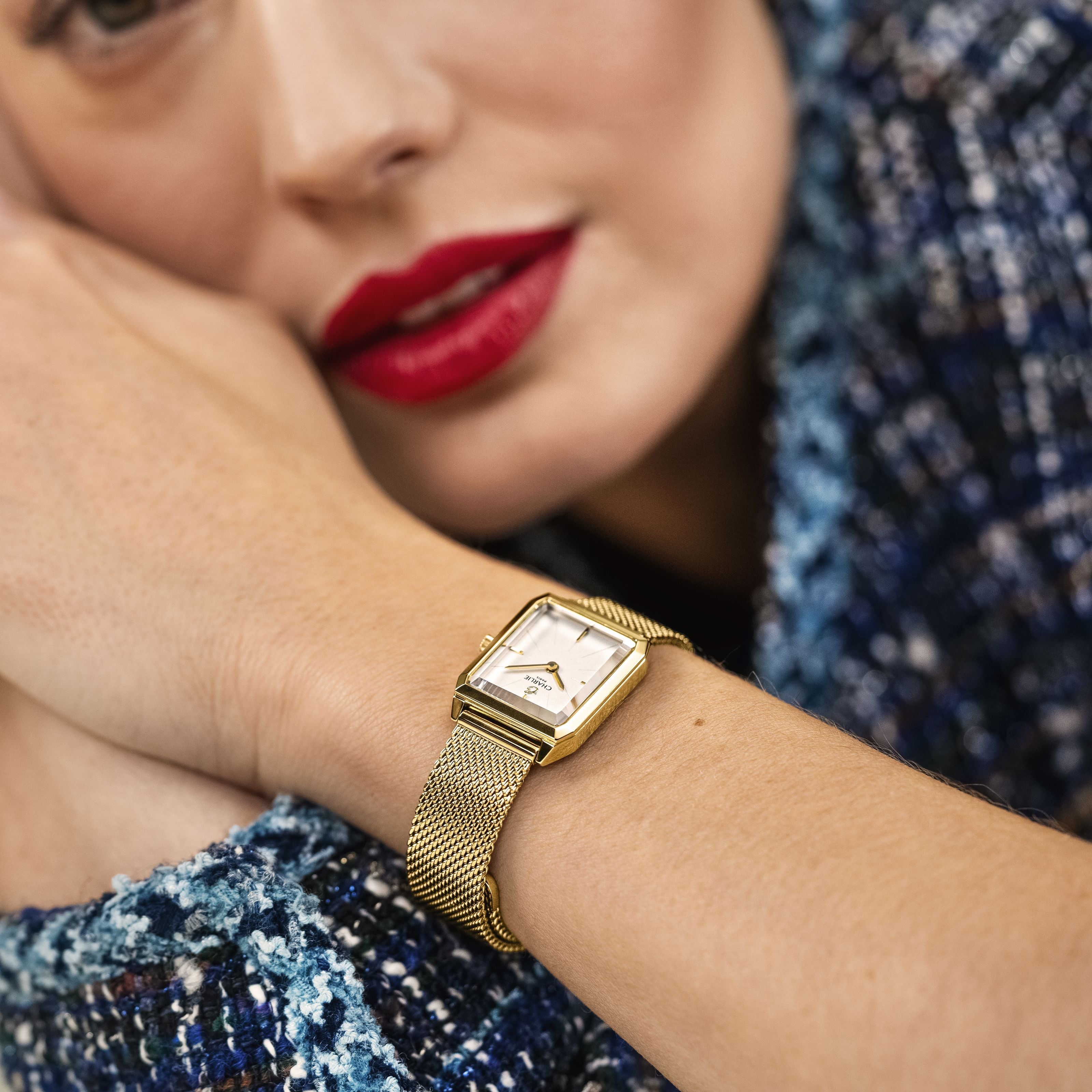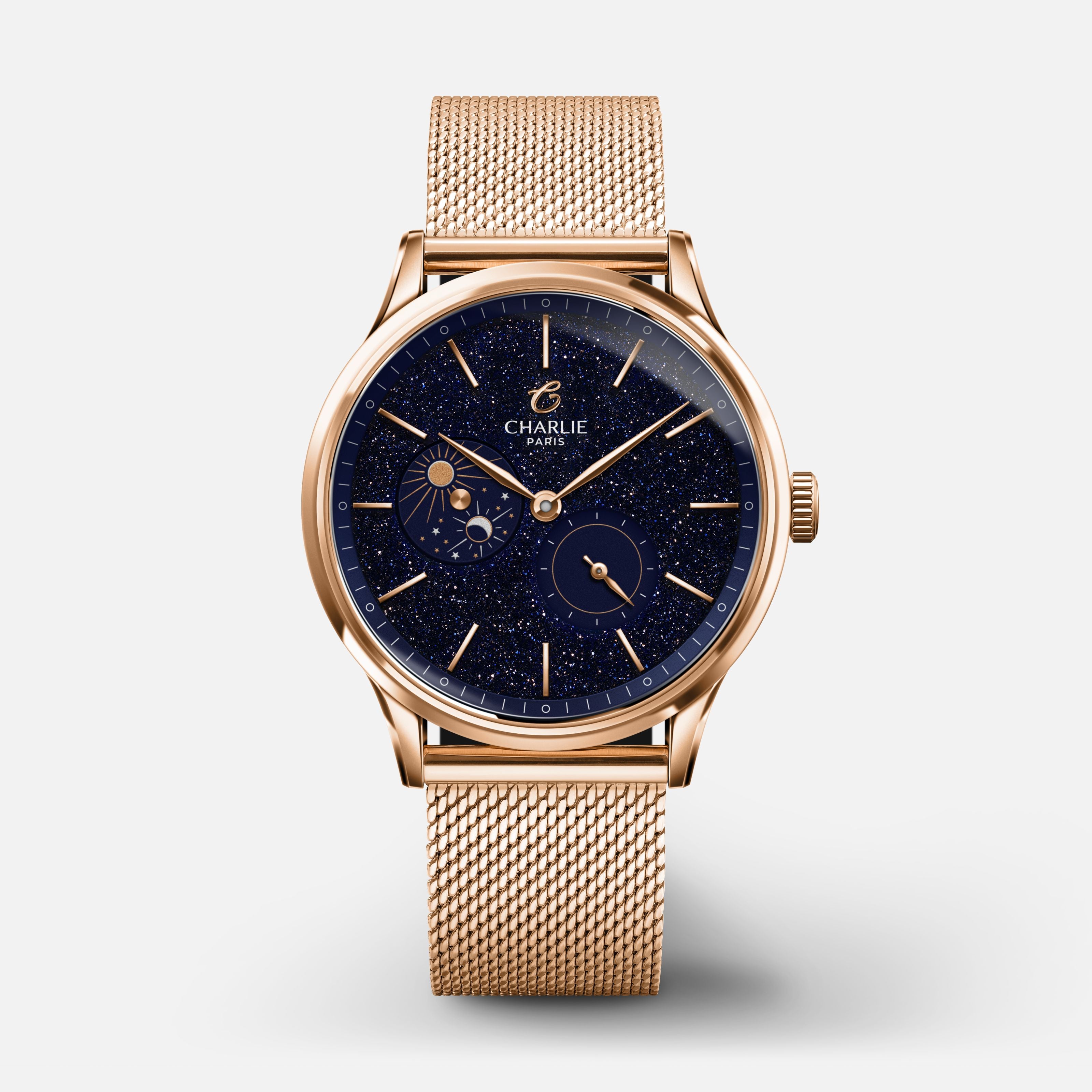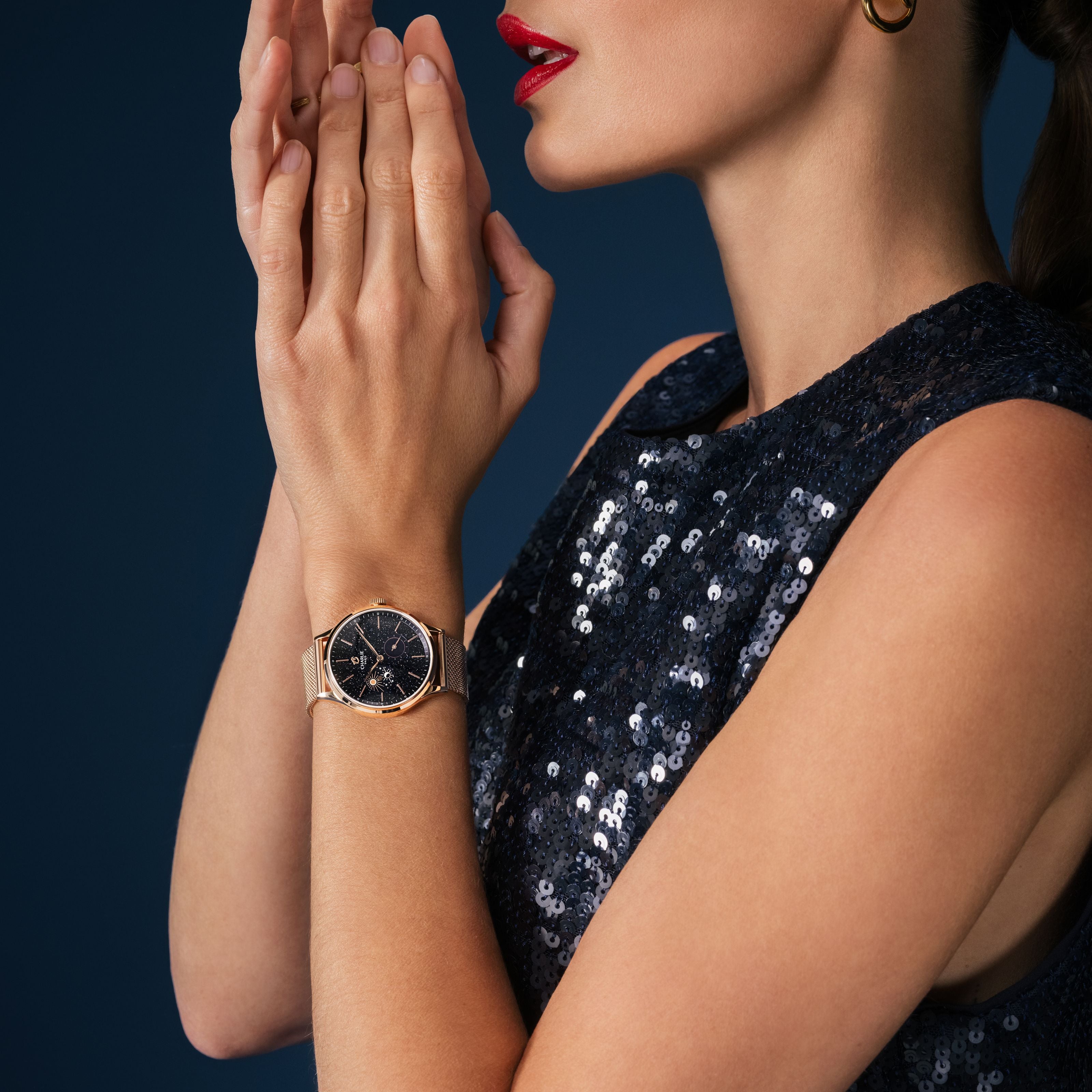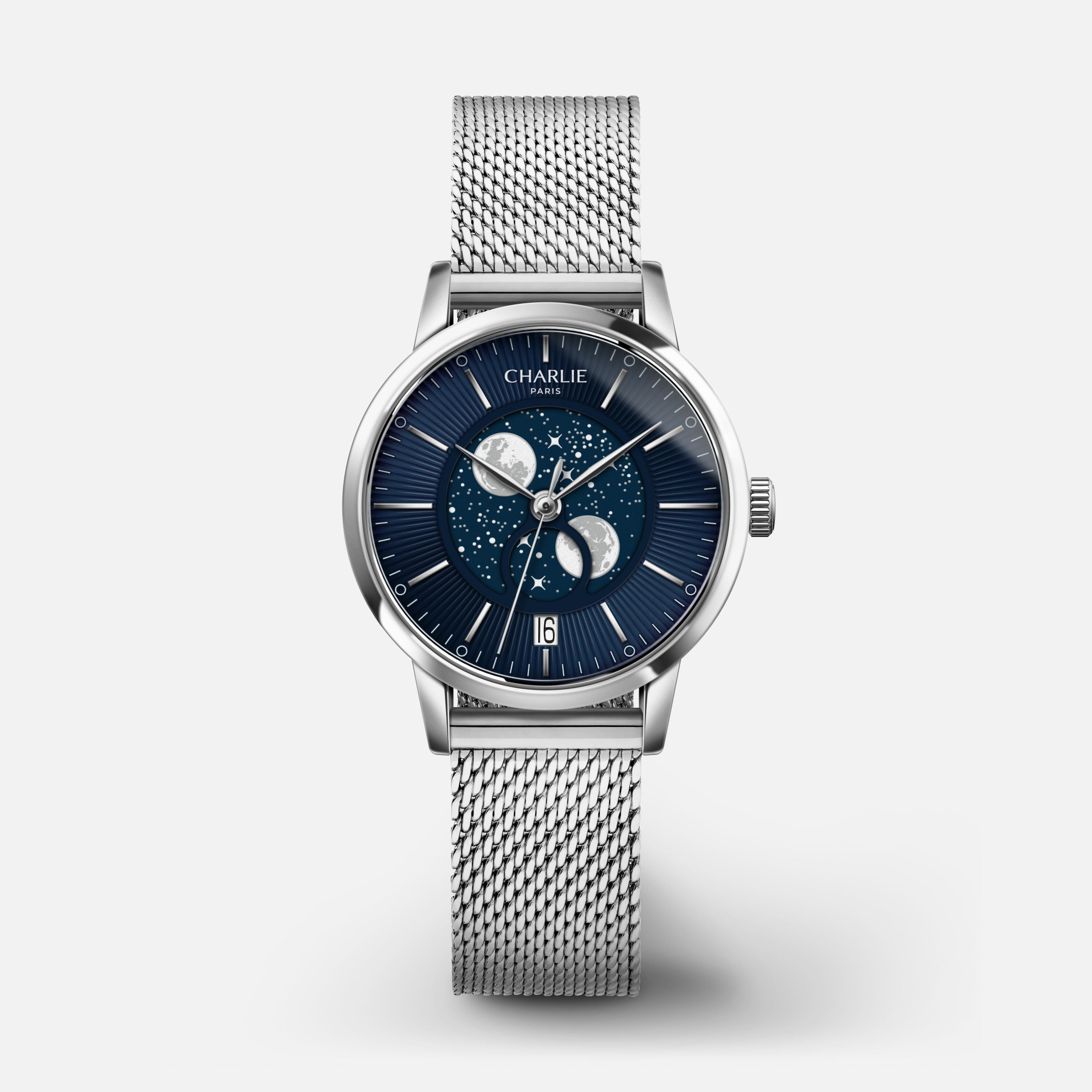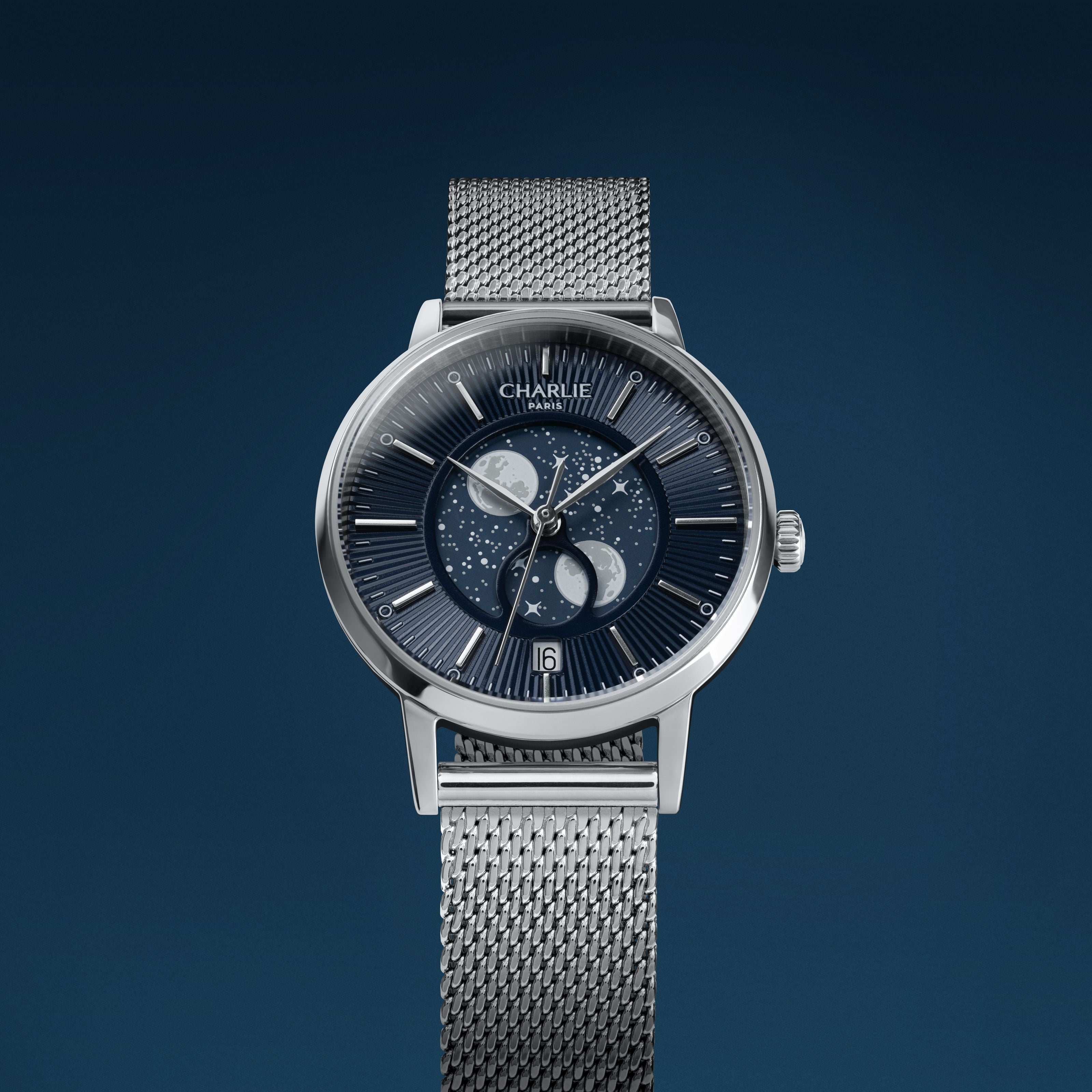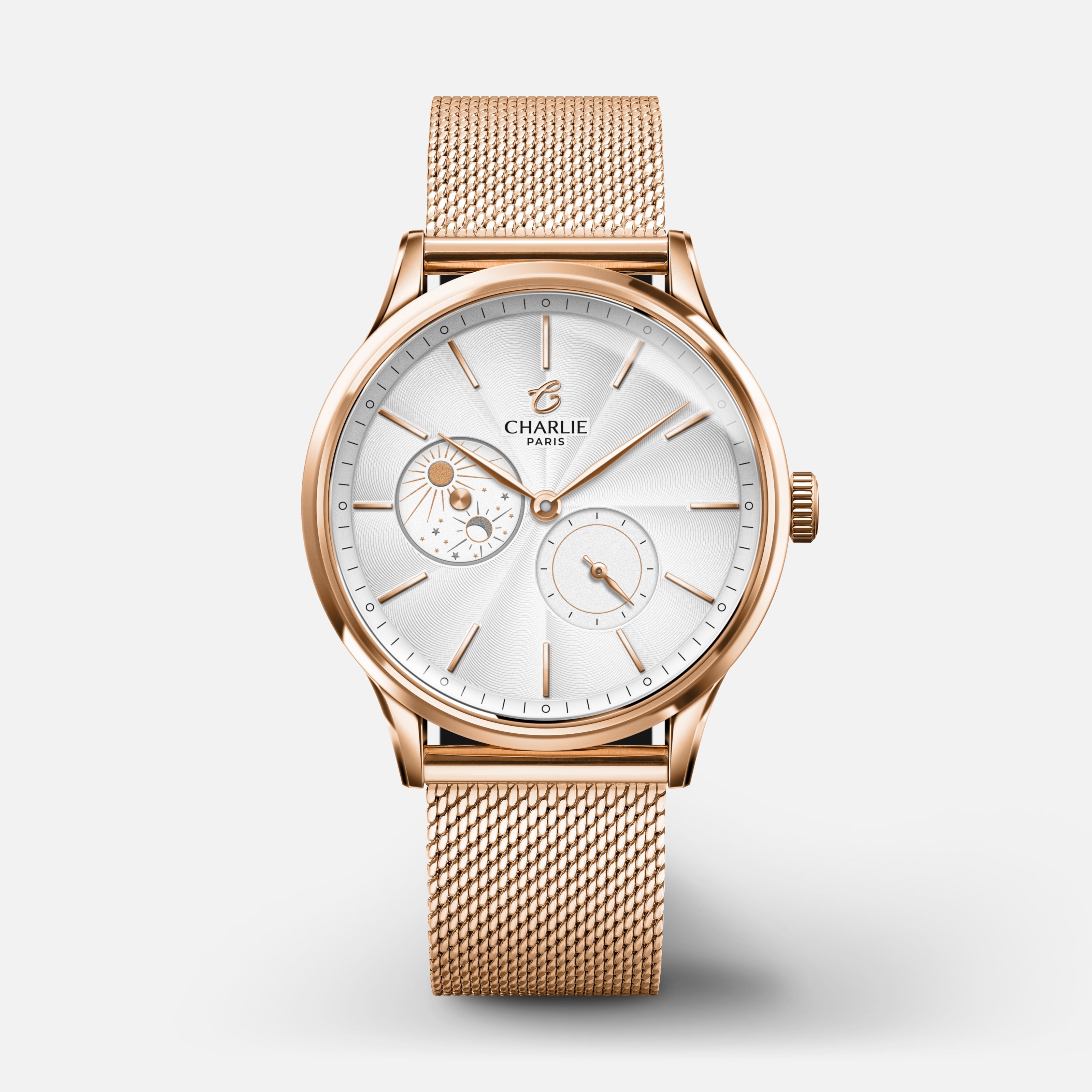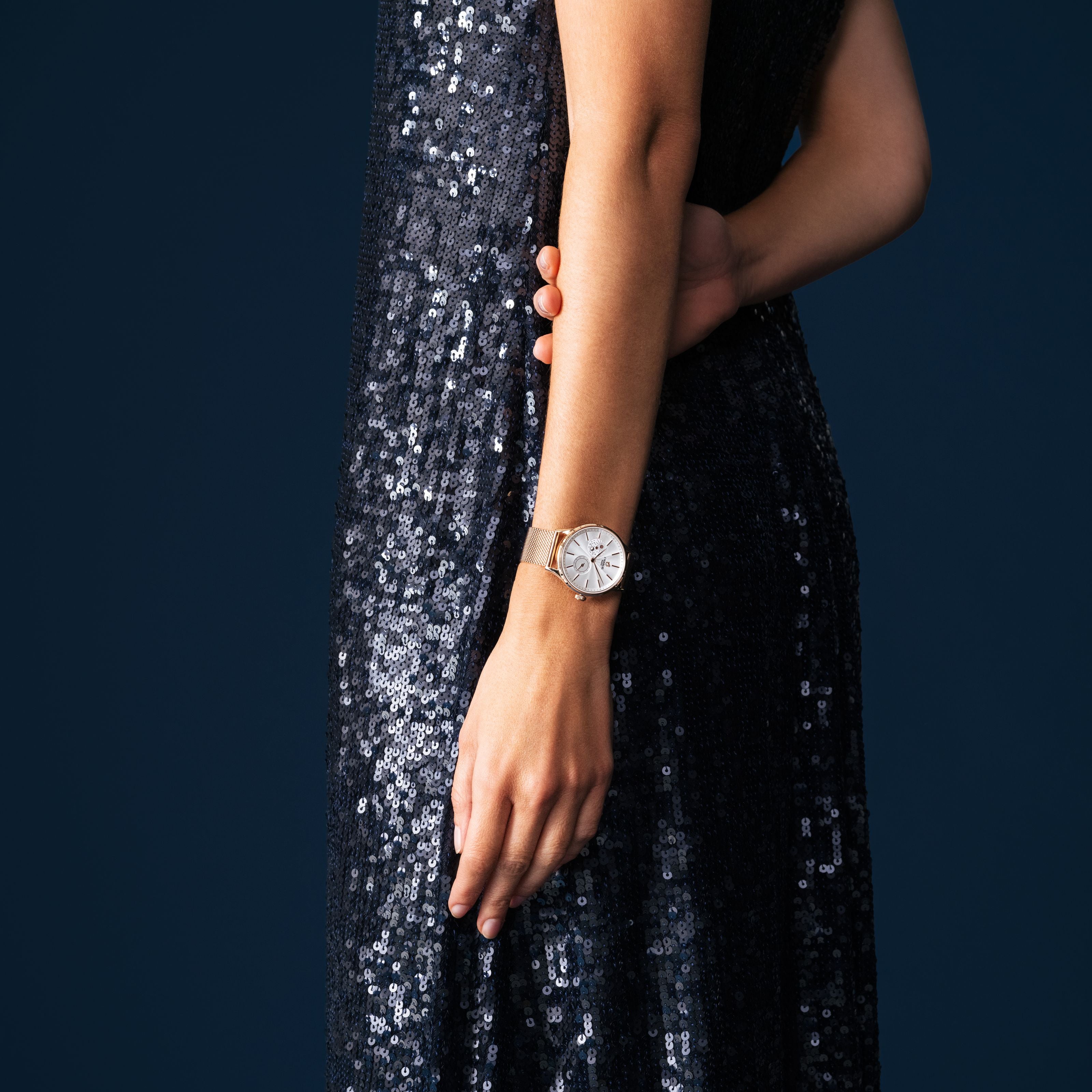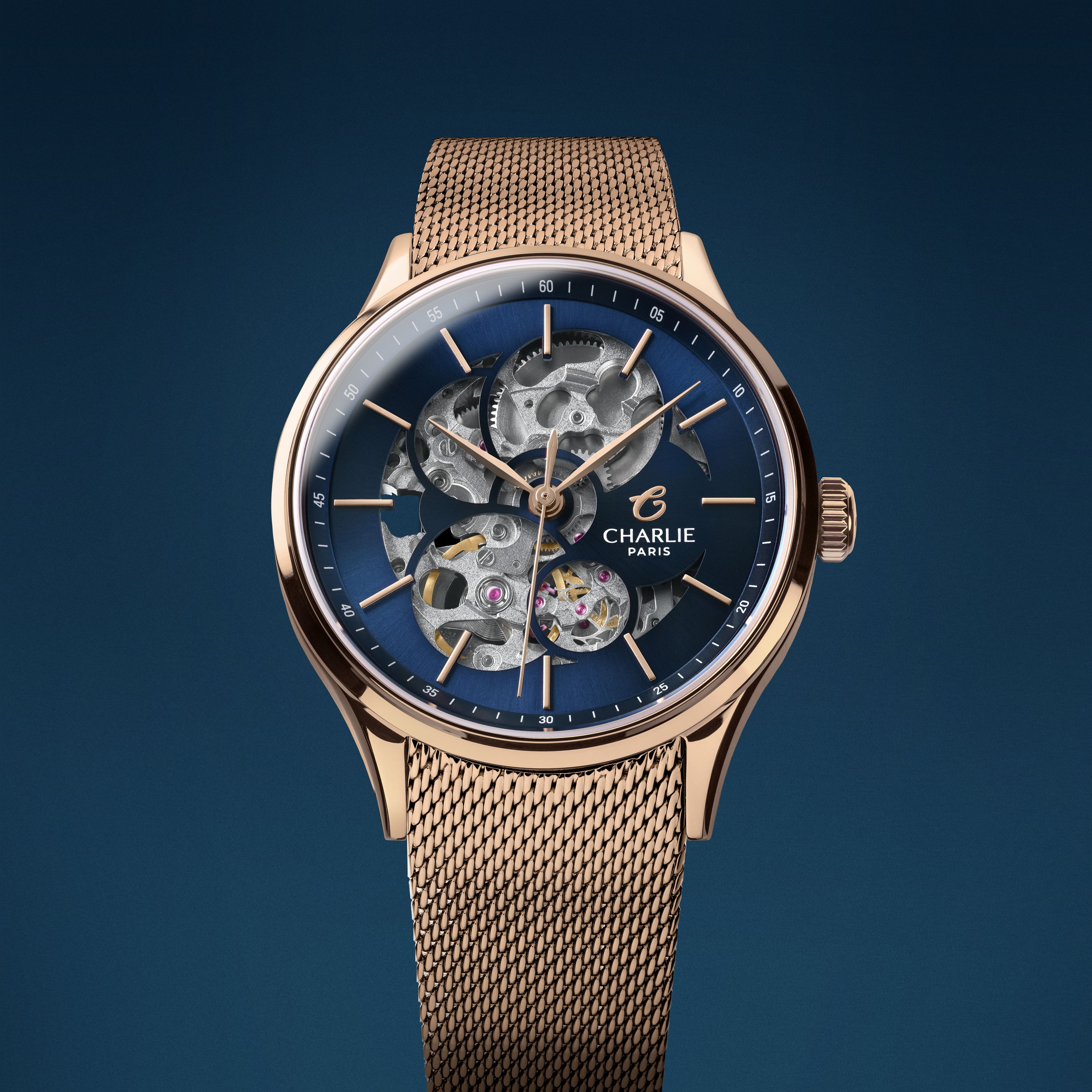Founded in 1856 in Grange, ETA, which stands for Elegance, Technology, Accuracy, was originally a watch manufacturer and not just a movement manufacturer. ETA was first called "Girard & Schild" and then Eterna in 1906. In 1932, the Eterna factory split into 2, one structure will be dedicated to the marketing of finished watches (Eterna SA) and the other structure ETA will be dedicated to the ébauches (the ébauches are all the spare parts that compose the movement). The Swiss manufacture ETA merges in 1978 with ASUAG, a group of Swiss manufacturers then in 1983 ASUAG and SSIH are forced by their banks to merge. This merger gave birth to a new holding company, the Swatch Group. ETA is currently the leading producer of movements in Switzerland. On the one hand for all the watchmaking companies of the Swatch Group, but also for other brands such as ours. Today, the Swiss manufacturer ETA produces 75% of Swiss mechanical movements. The quality of its movements has made the current reputation of many watchmaking companies.
Features of the ETA 2824-2 movement
The Swiss caliber 2824 of ETA was born in 1972, then from 1982 will be perfected and undergo many modifications: the jewels will pass from 17 to 25 with frequencies going from 18 000 to 36 00 alternations per hour. Recognized for its reliability, precision and longevity, the ETA 2824-2 movement is a guarantee of quality as well as a true classic within the watch industry.
Charlie Paris watches with the ETA 2824-2 movement ?
The first edition of our Concordia automatic watch used ETA 2824-2 movements. At Charlie Paris, our mission is to offer you watches that are both understated and remarkable, with excellent value for money and responsible manufacturing. That's why we started to think about an alternative because these movements are more and more complex to find and the prices we are charged by the traders are increasing drastically year after year, while ETA's competitors are producing more and more performing mechanisms.
After long exchanges with various manufactures, it is STP (Swiss Technology Production) with its STP1-11 movement that wins our confidence. A fast-growing manufacture, which designs calibers known for their reliability, precision and quality of execution. The advantage of dealing directly with this manufacture? A possibility of modifications and customization facilitated, and more attractive prices by avoiding intermediaries.
Read more
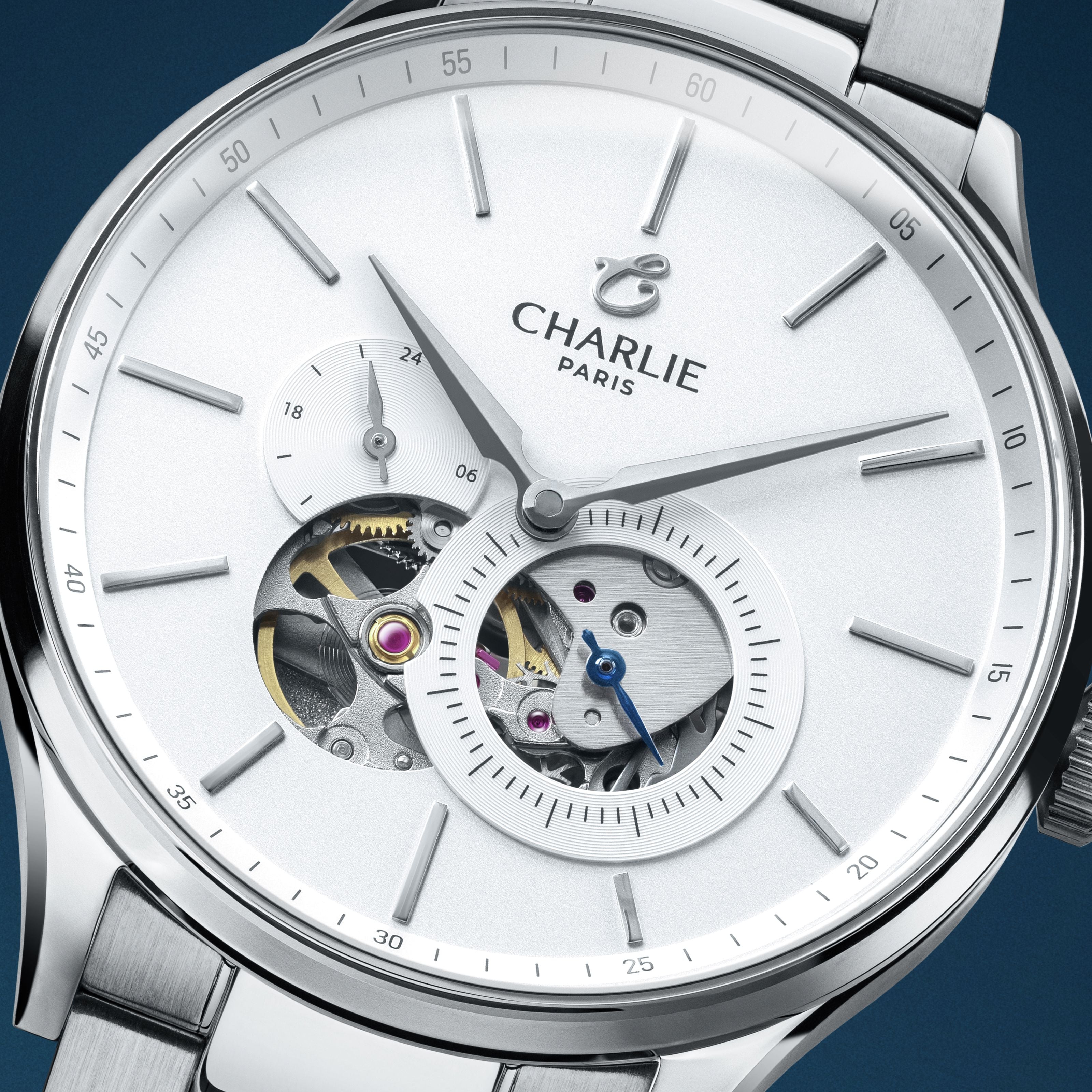
Between the Sapphire glass, the mineral glass or the acrylic glass, it's difficult to see the difference. The Charlie team explains in detail the characteristics of each.
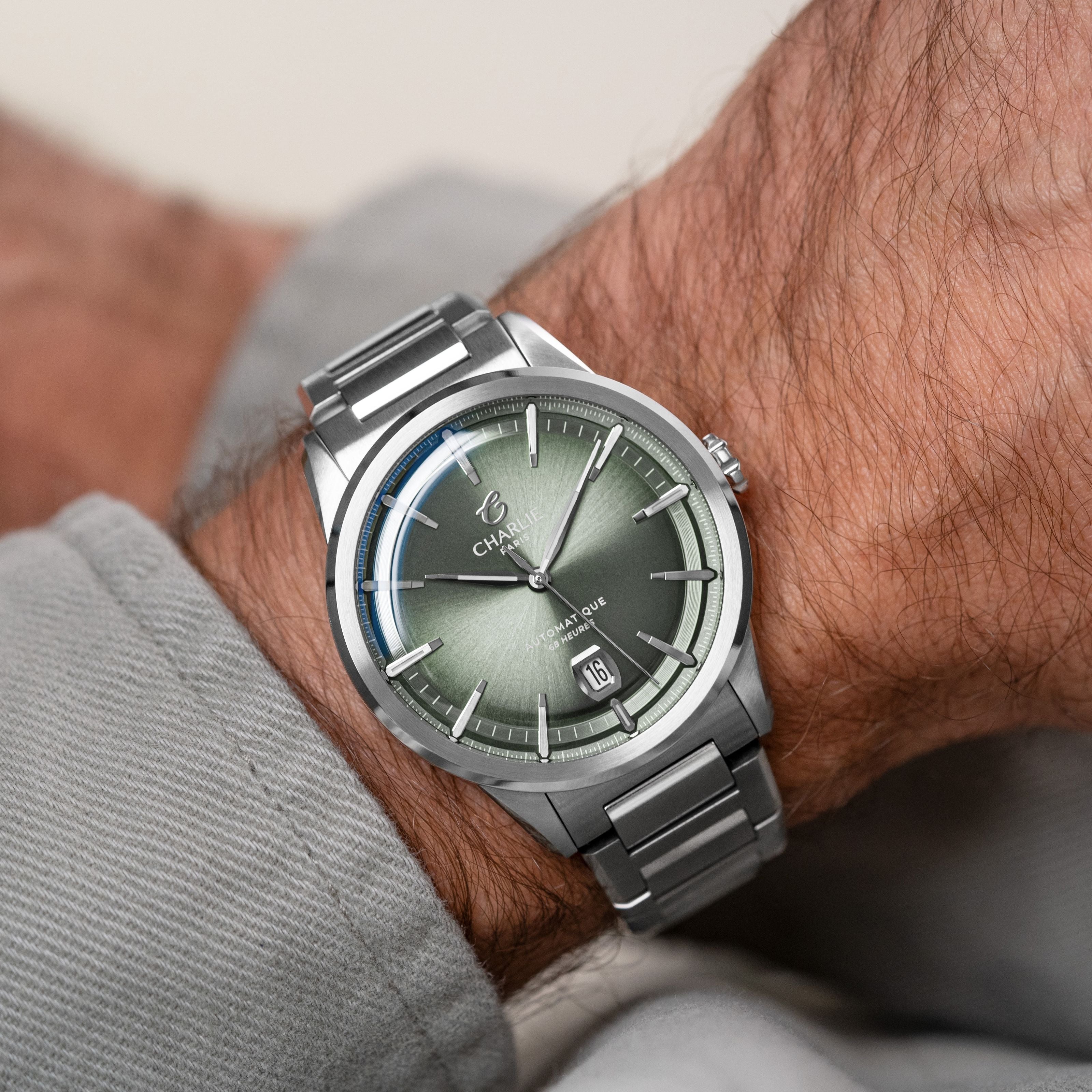
To understand the meaning of an analog watch, let's first go back to the etymology of the word analogy...


